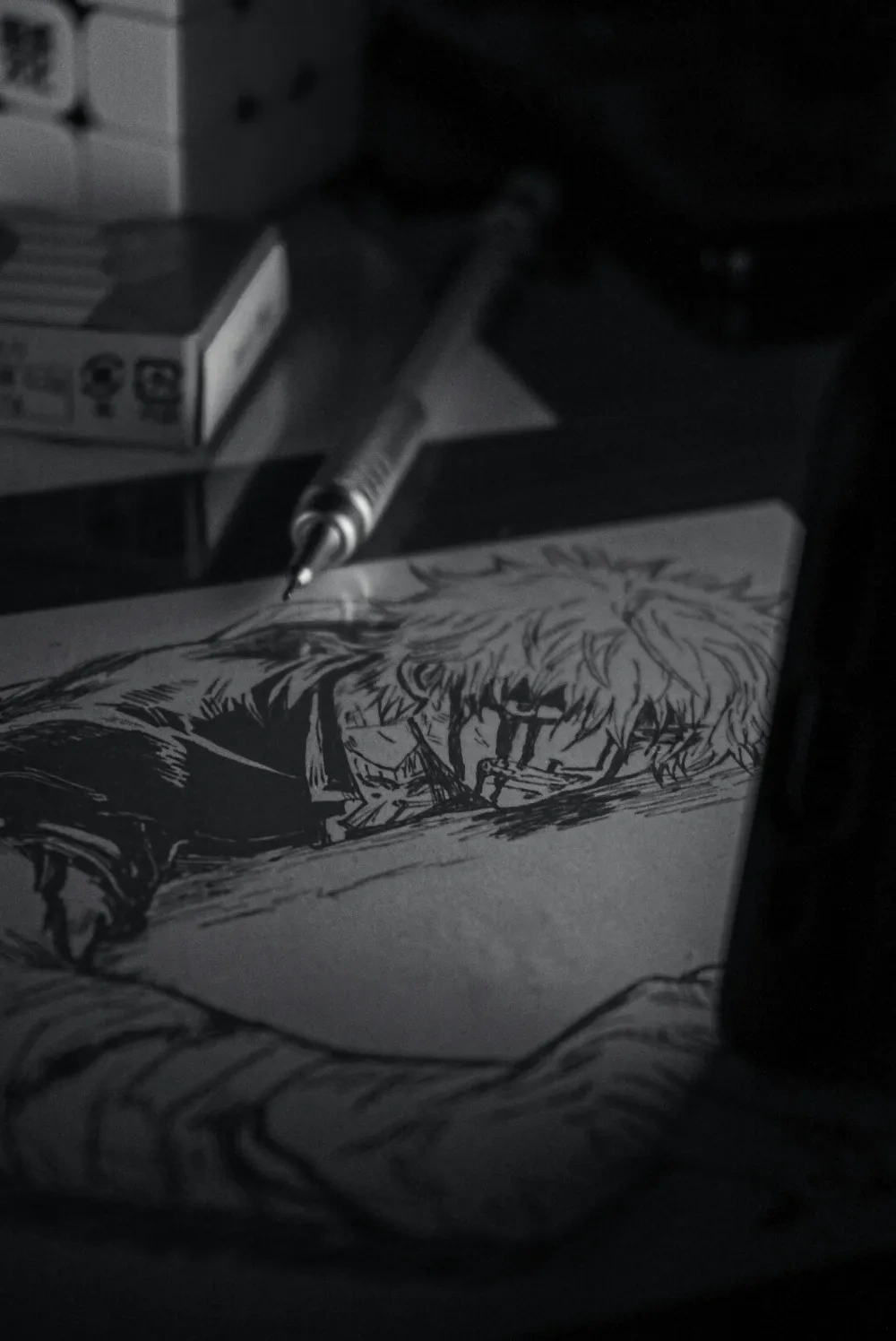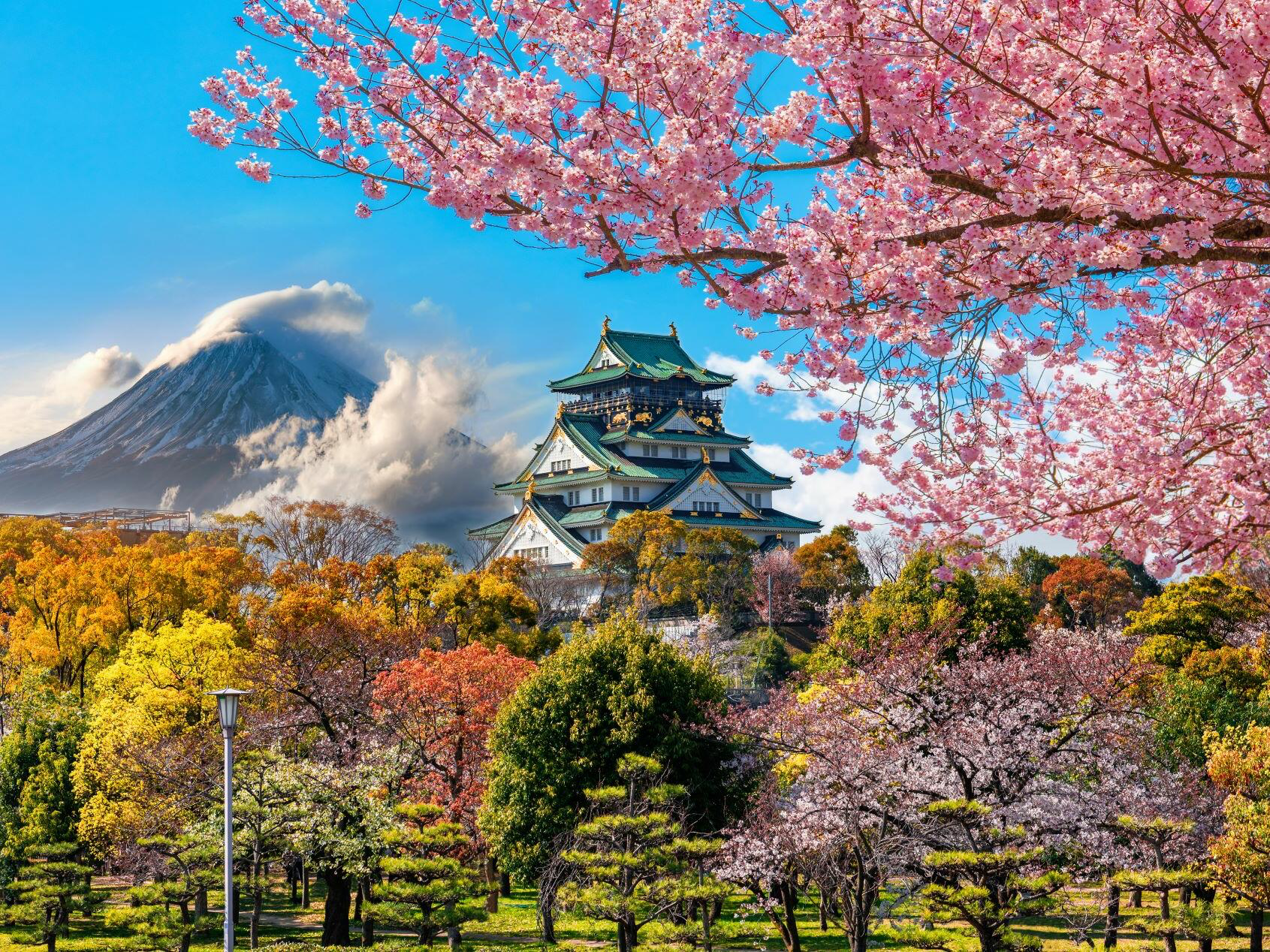Japan
home
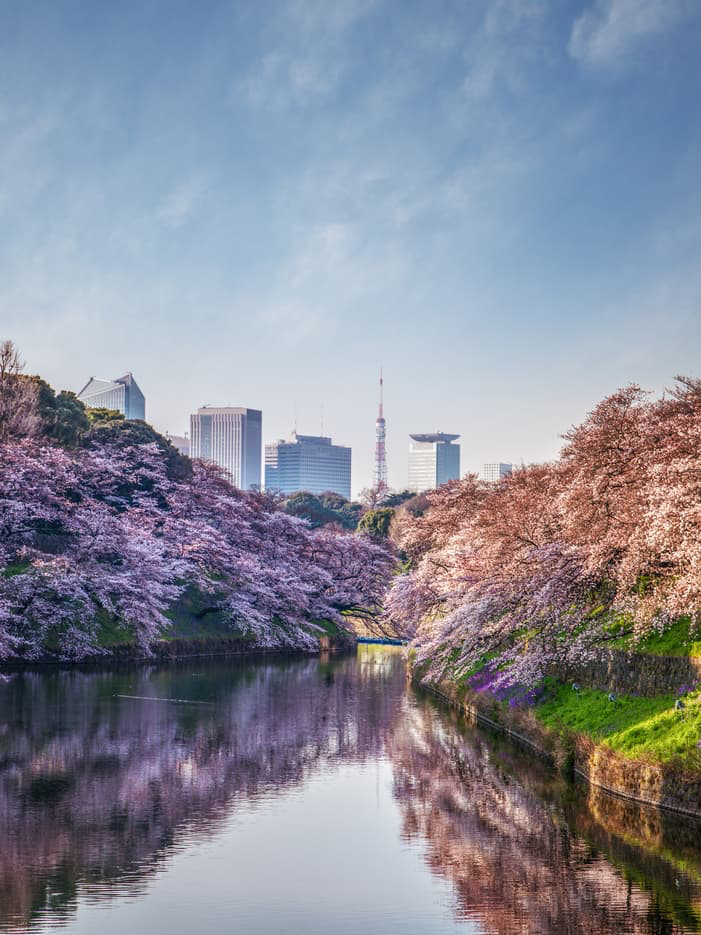
Planet Japan
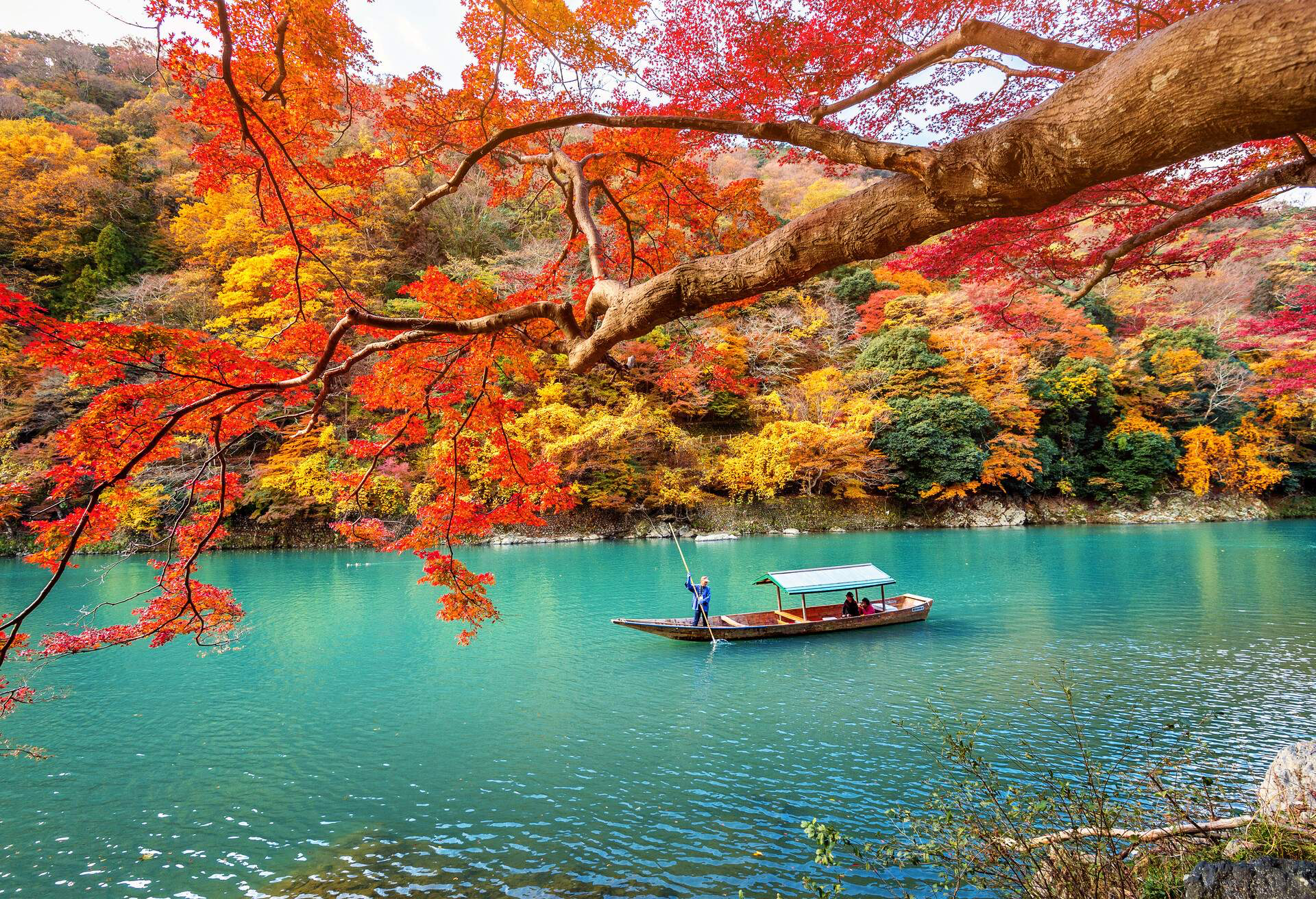
Five Keys to Japan
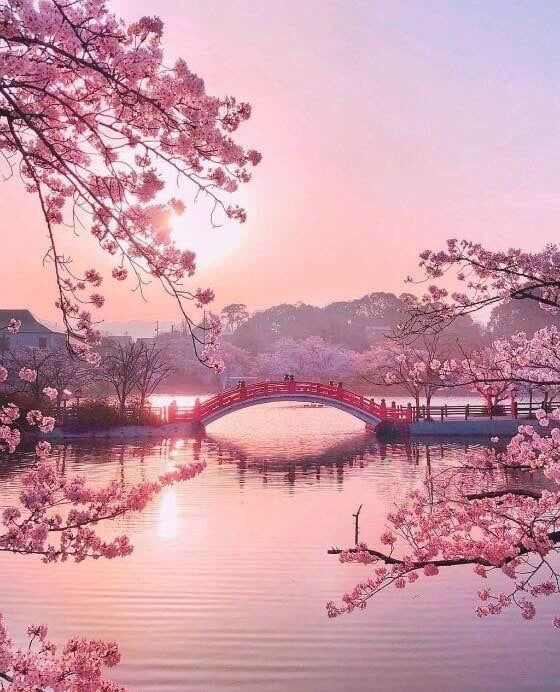

Rustic Japan
Planet Japan
A journey to the “Planet Japan” calls for special preparation. The first trip offers just a taste of this extraordinary place, while future visits demand a creative approach to planning. The people working on this site are foreigners who have spent most of their lives in Japan, speak the language, understand the culture, and have guided travelers for many years.
Unlocking Japan
Japan without a guide is a series of fleeting impressions, soon swept by the wind. With a thoughtful guide, however, it’s like receiving a distilled 20-year immersion in Japan, tailored to be meaningful and accessible for visitors.
We once asked the same questions you have at the start of your journey—and we found the answers. Our insights, combined with your experiences in Japan, reveal the full picture of the “Planet Japan”.
Planet Japan: So Far, Yet So Near
With us, this distant “Planet Japan” becomes a close and deeply understandable country.
5 Keys to Japan
-
Get lost in the bustling Tokyo metropolis for a day or two.
-
Escape to the serene suburbs: Nikko, Kamakura, Fuji, Hakone.
-
Finally, reach the heart of Japan in Kyoto and Nara.
-
End on a high note with a taste of vibrant Osaka.
-
Leave, only to return.
Tokyo
Two days in this immense city is just right—enough to capture its essence without overstaying.
Discover moreKamakura — Hakone — Fuji — Nikko
Tokyo’s suburbs let you escape the city’s buzz and reconnect with nature and history.
Discover moreKyoto
The tranquil spirit of Kyoto remains undisturbed — neither millions of tourists nor modern technology can shake it.
Discover moreNara — Uji — Osaka — Hiroshima
The suburbs of Kyoto and areas further south add essential brushstrokes to the world of Kyoto — without them, the picture of Japan is incomplete.
Discover moreNorth
Sendai, Aomori, Hokkaido... Japan’s north holds the least-trodden paths — and the spirit of a Japan that has remained true to itself.
Discover moreSouth
Kyushu is where Japan took root — shaped by steaming springs, the force of nature, and deep tradition. Okinawa, by contrast, drifts farther south — a chain of sunlit islands moving to a gentler rhythm, with a culture as warm and distinct as Hawaii’s
Discover moreMountains
In Japan’s mountains, silence becomes the only sound. Each step draws you inward. And as evening steam rises from the hot springs, time seems to stand still.
Discover more
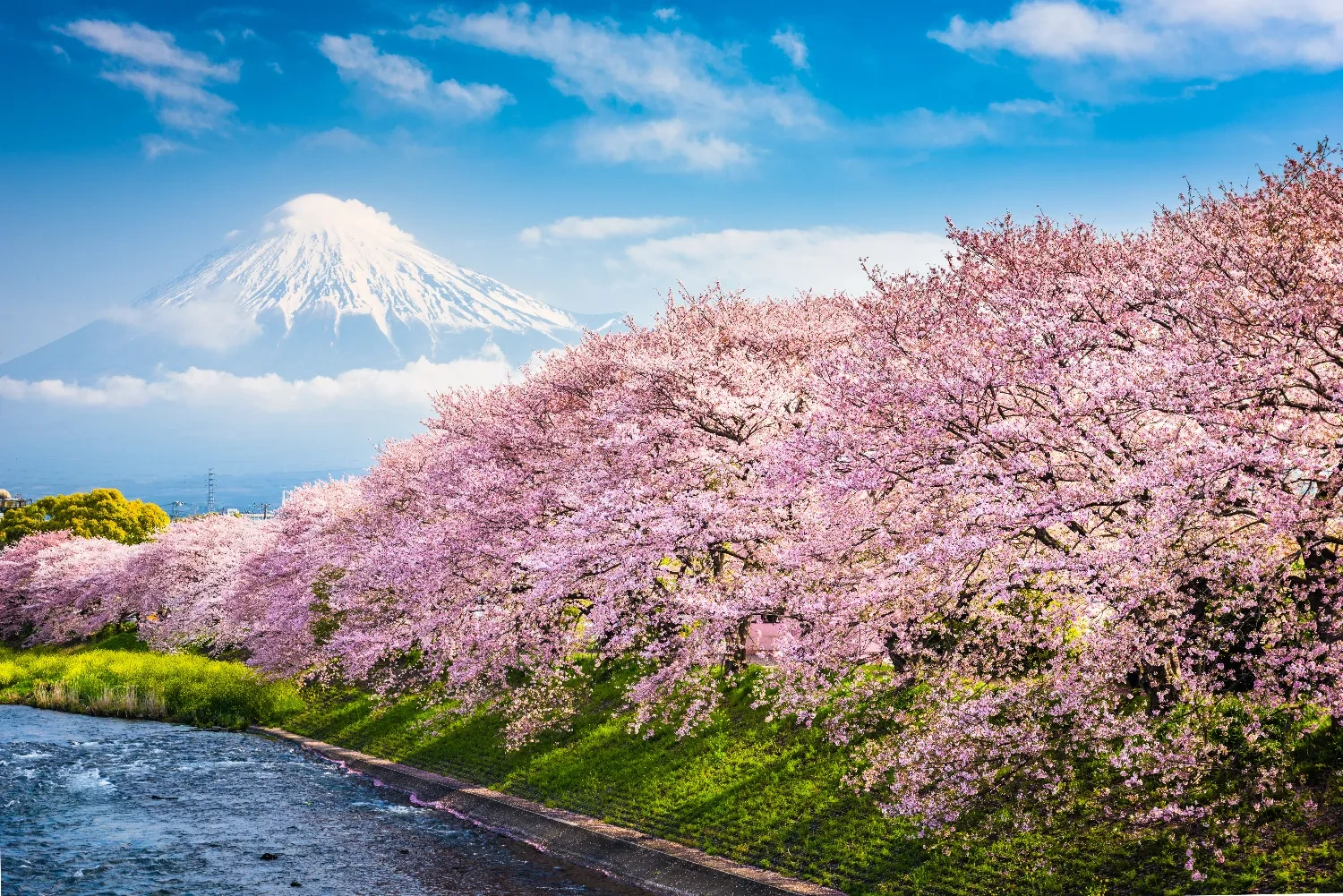

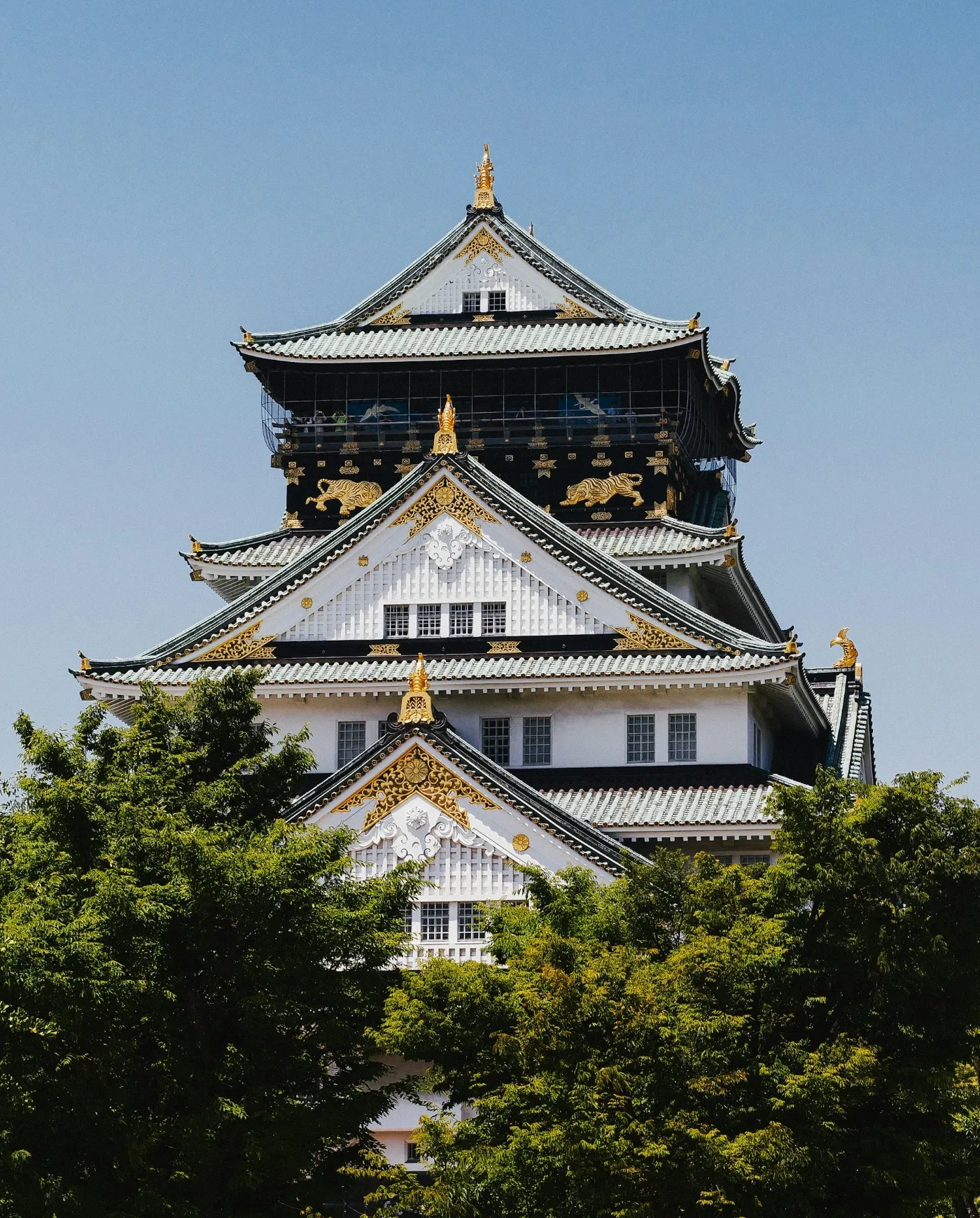
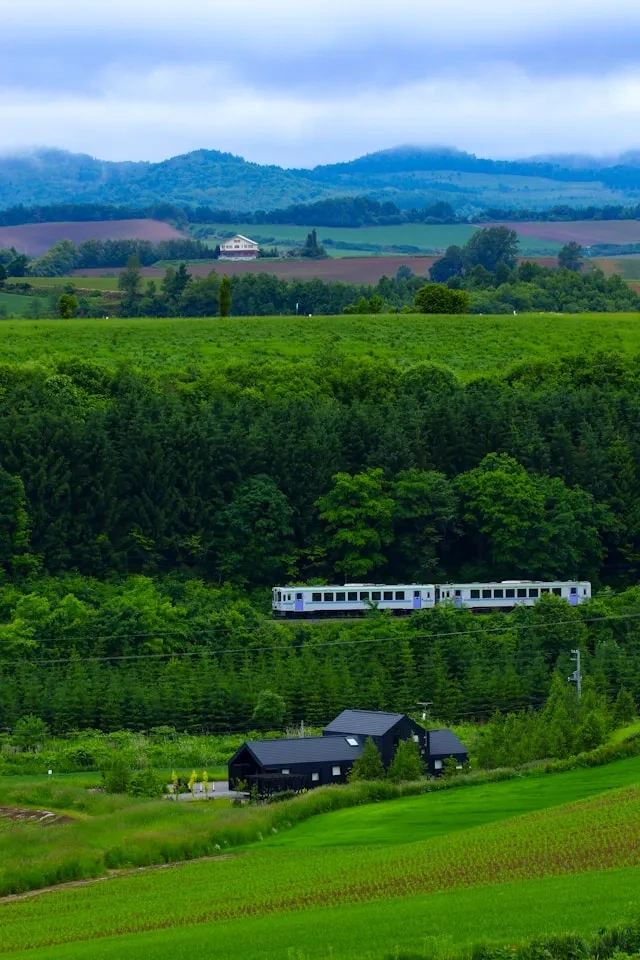
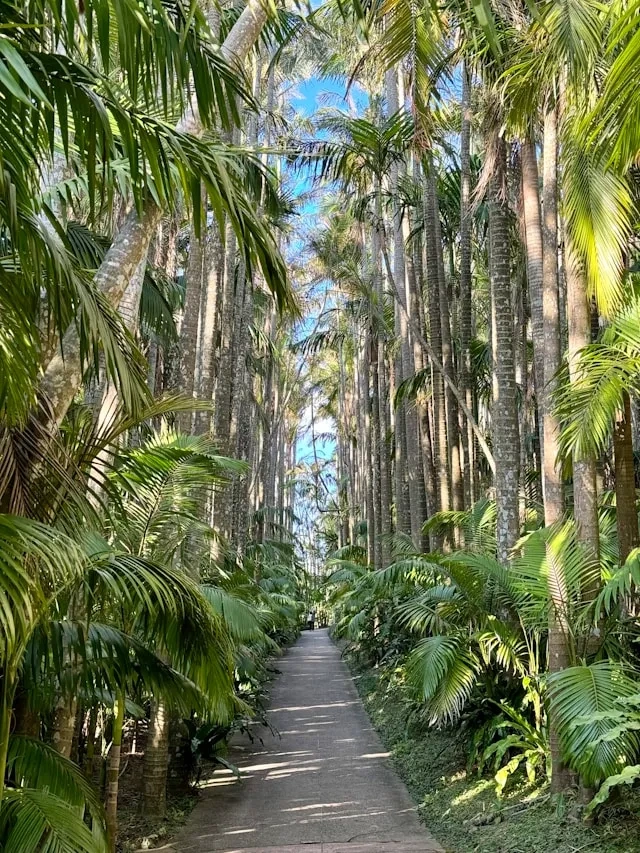
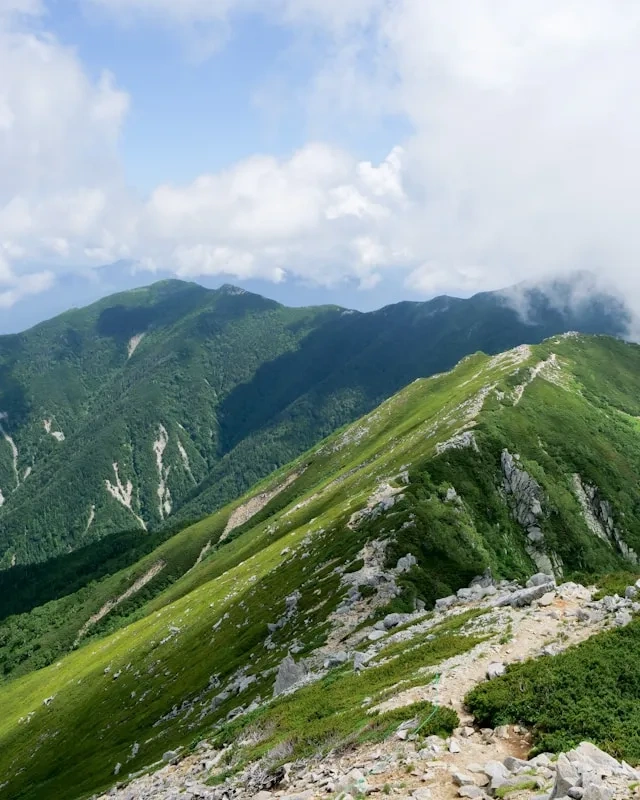
Map points List
Classic
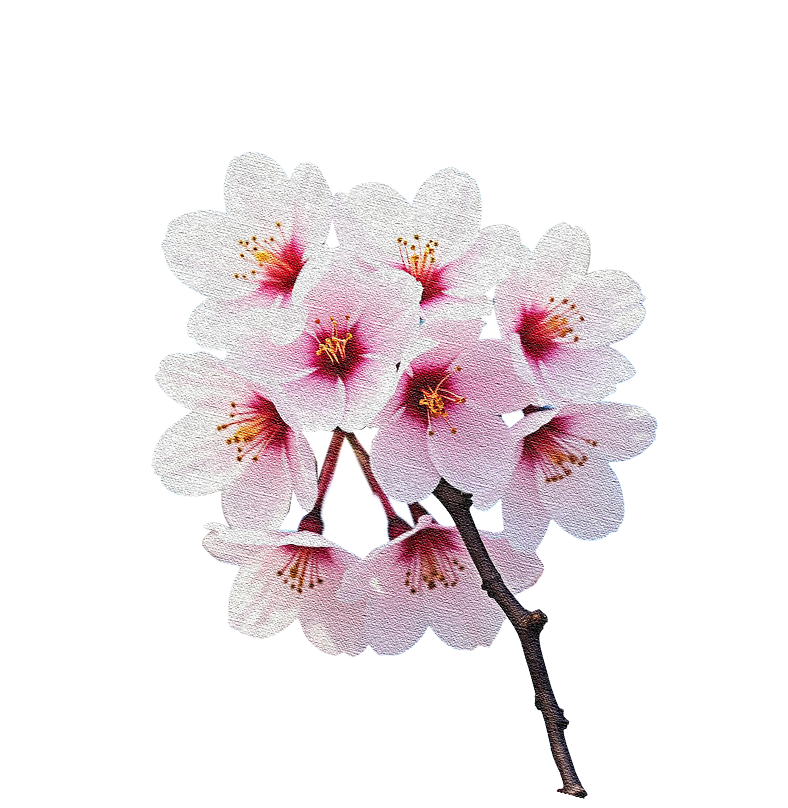
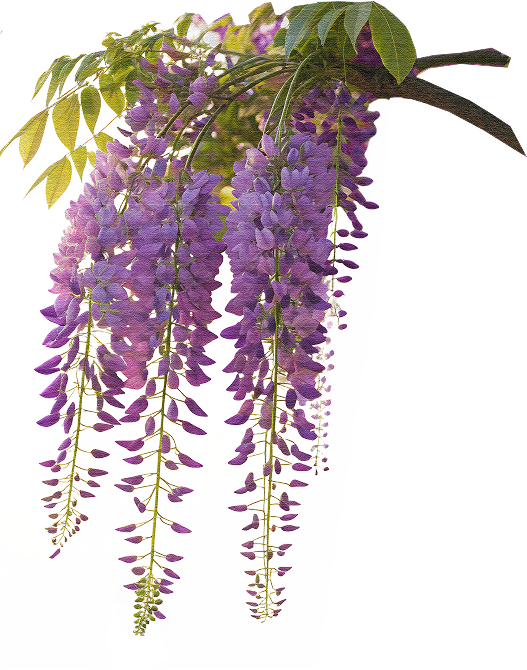
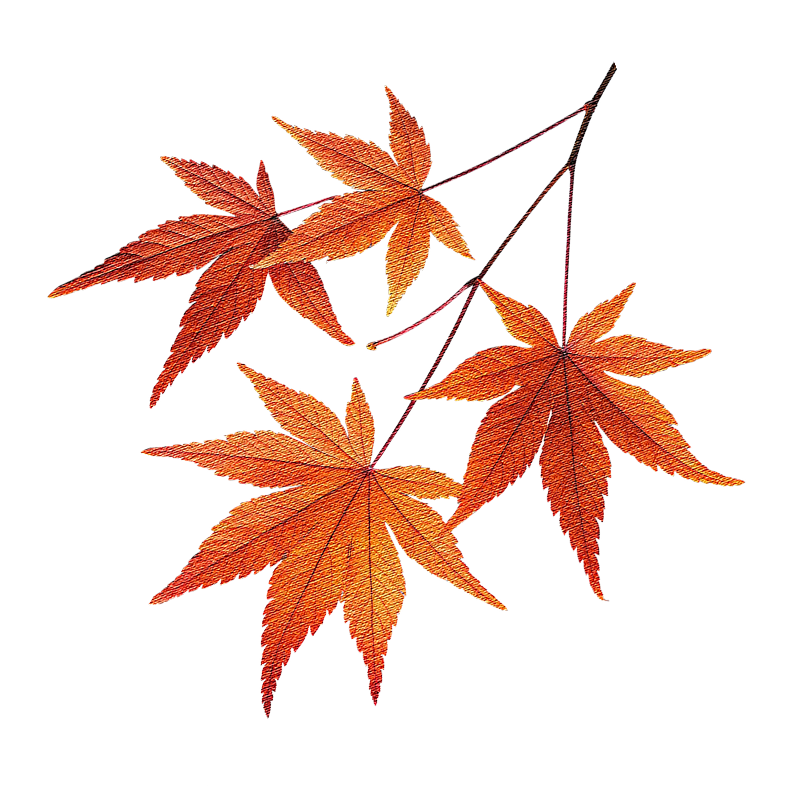

Classic
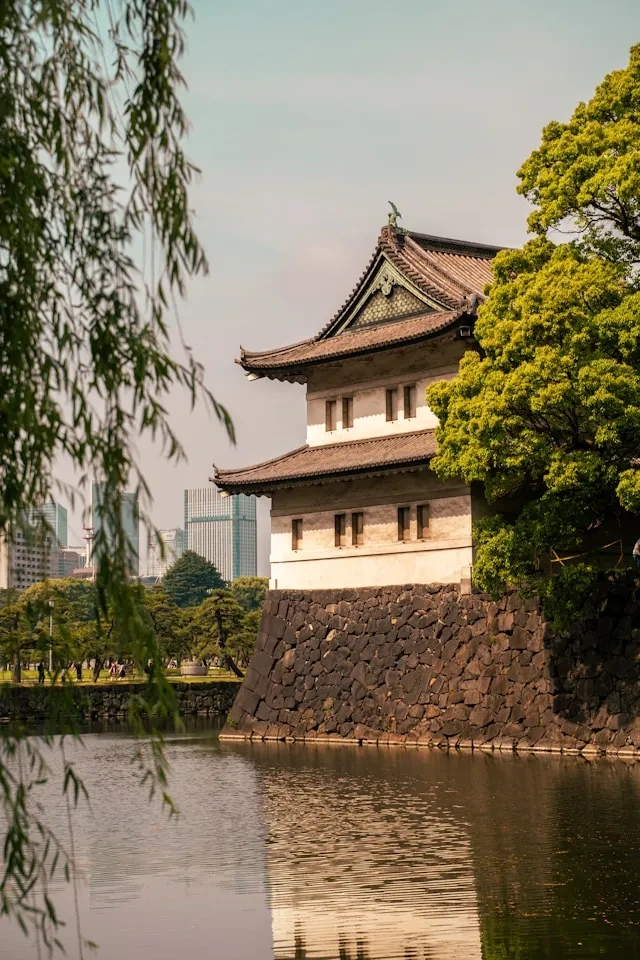
Imperial Palace
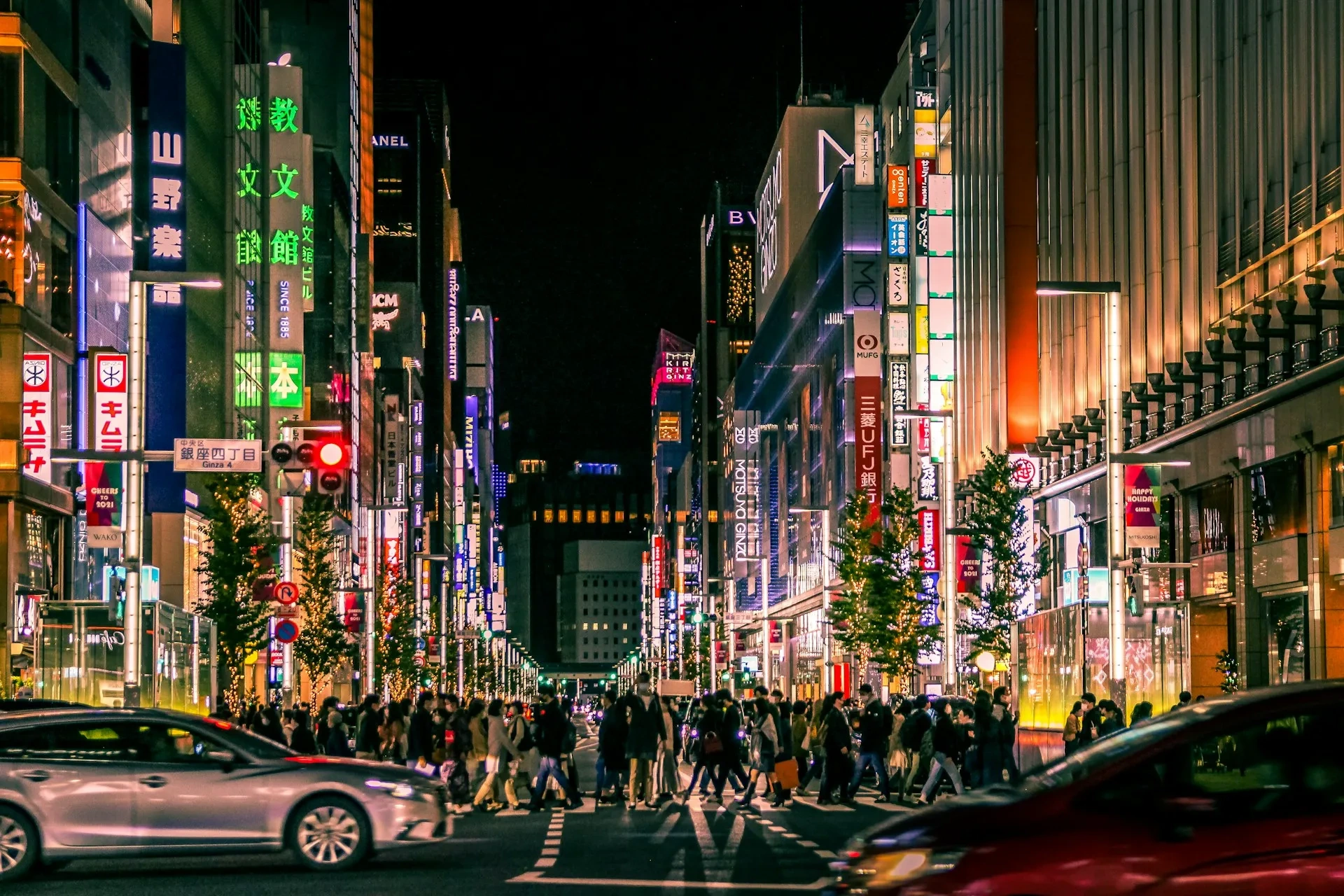
Ginza

Asakusa
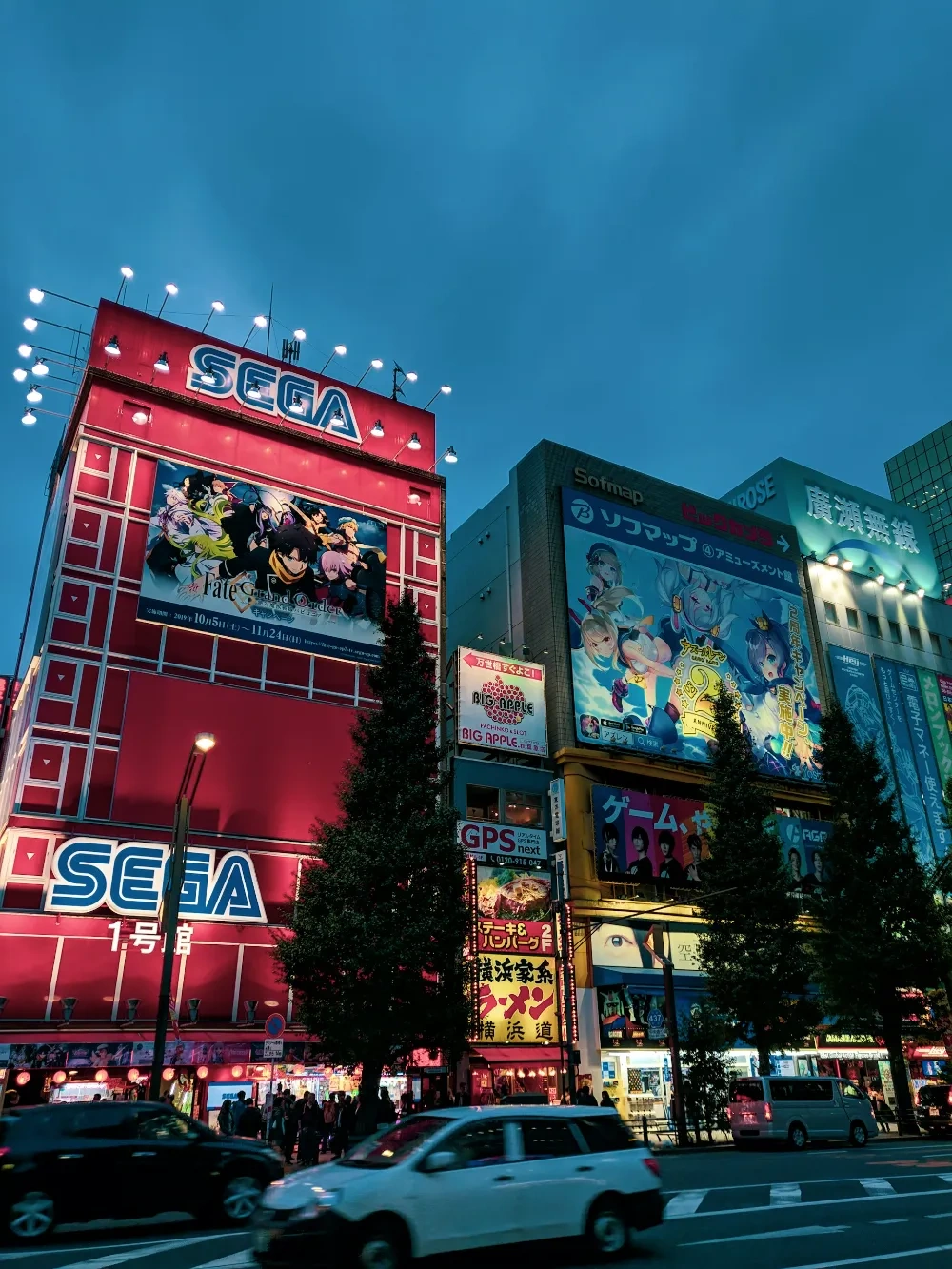
Akihabara
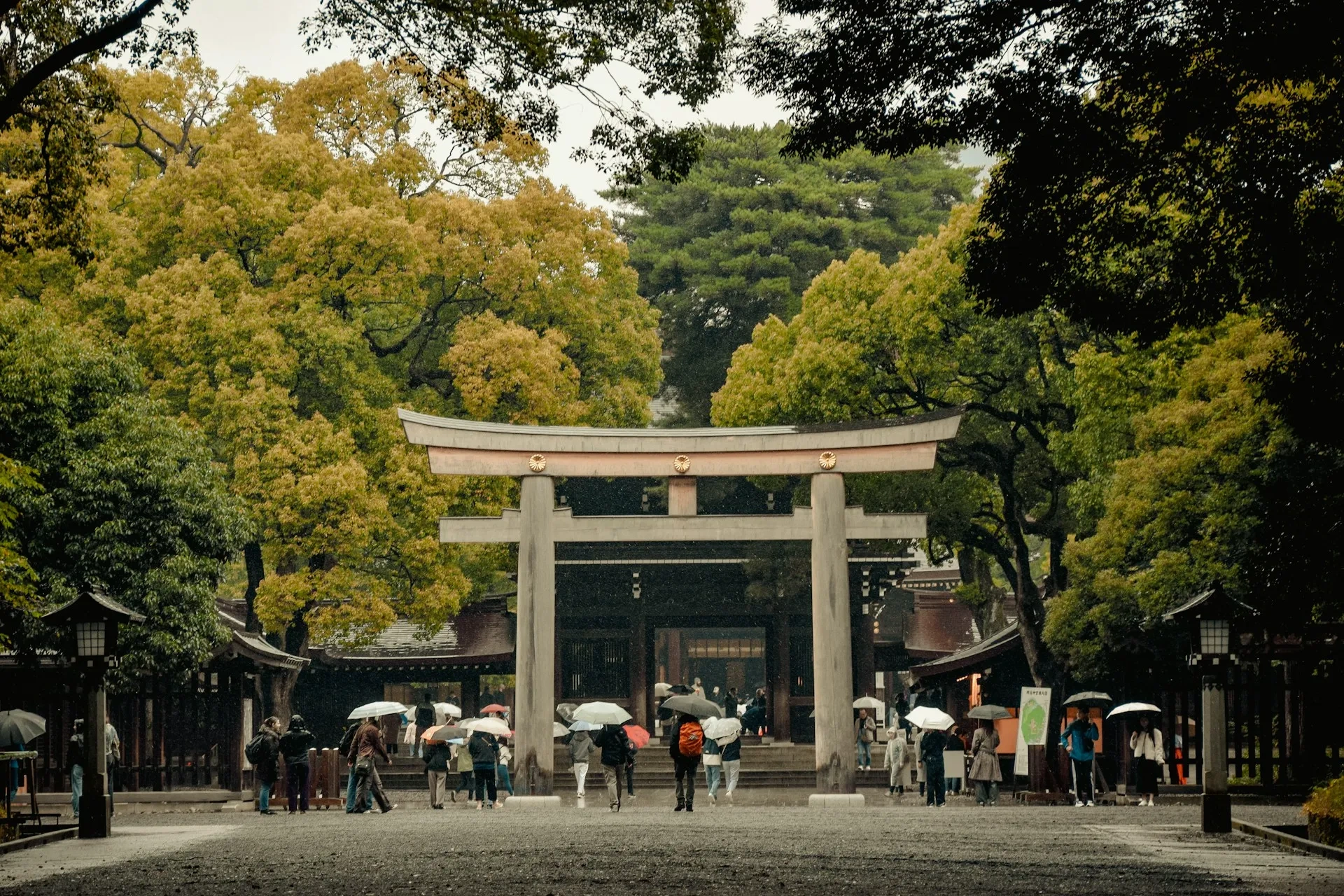
Meiji Shrine
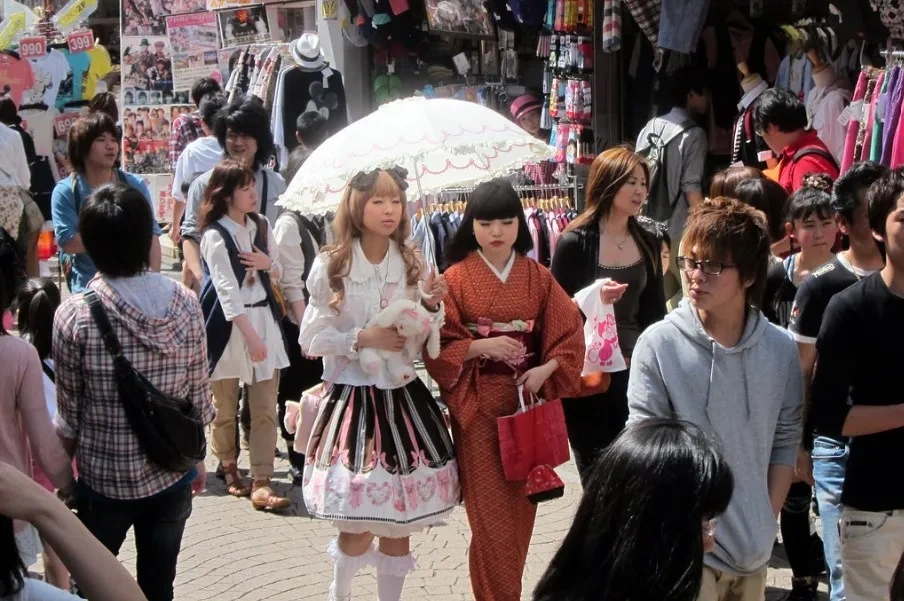
Takeshita Street

Omotesando
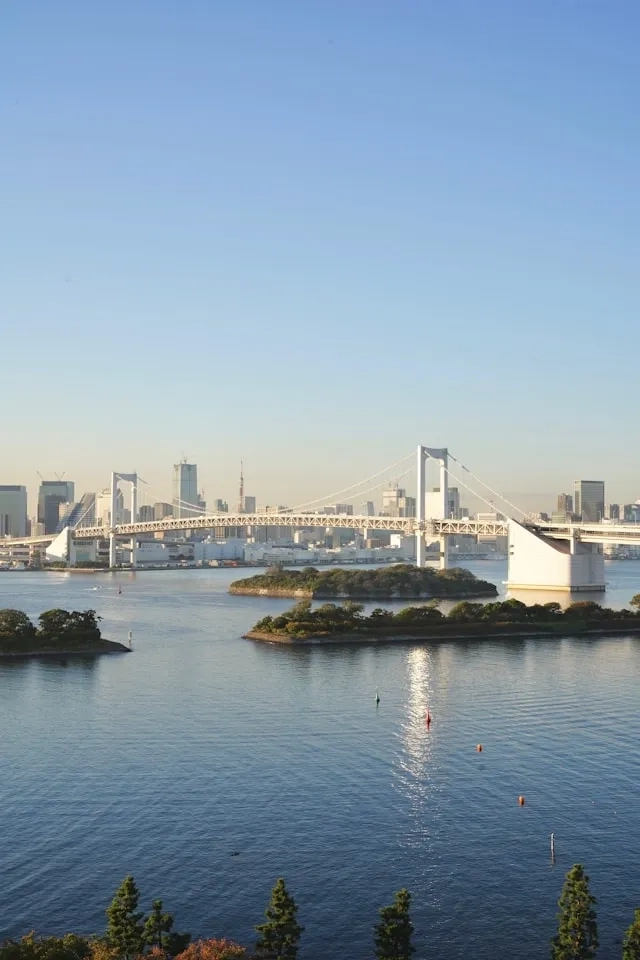
Odaiba
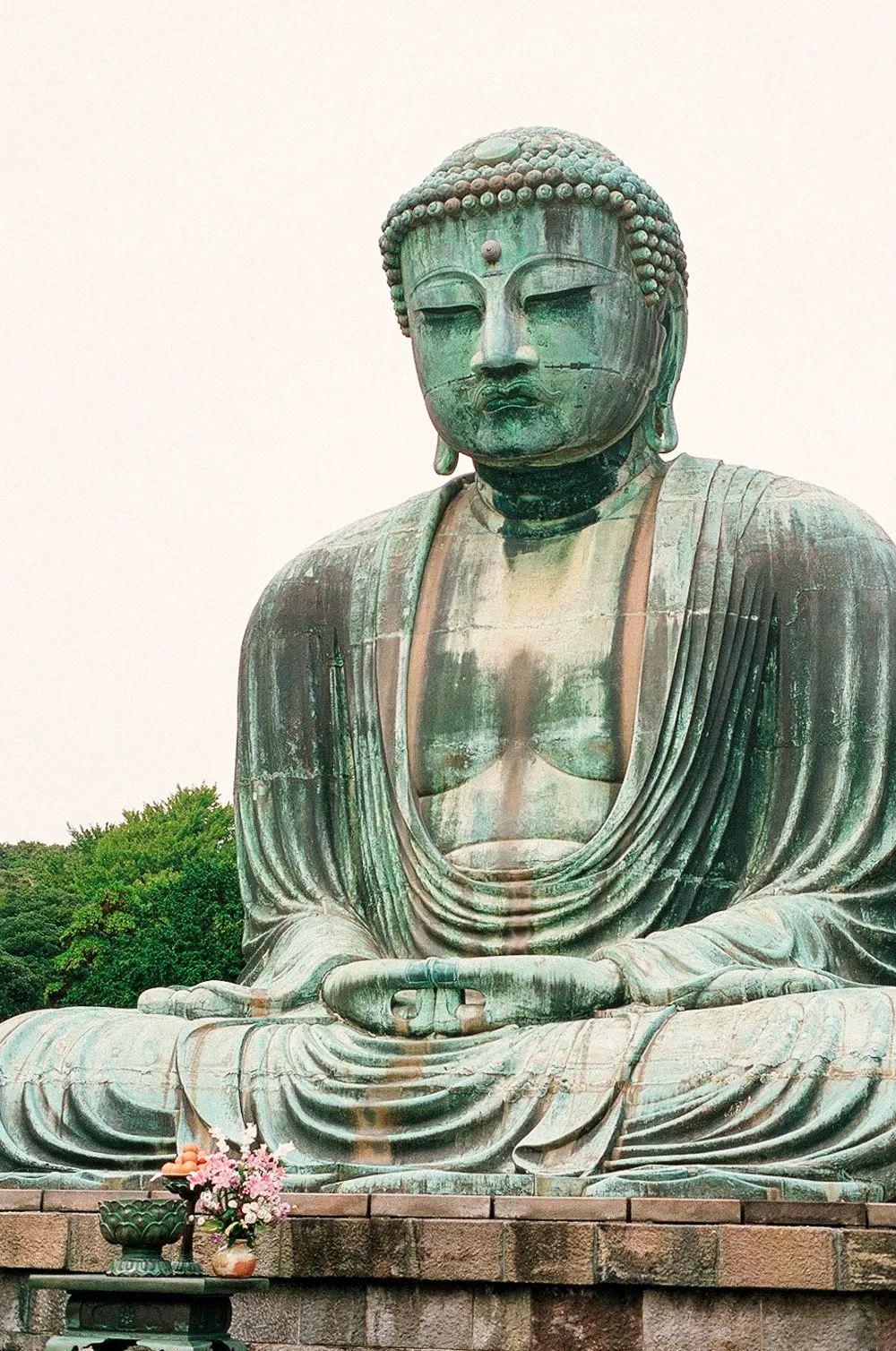
Kamakura
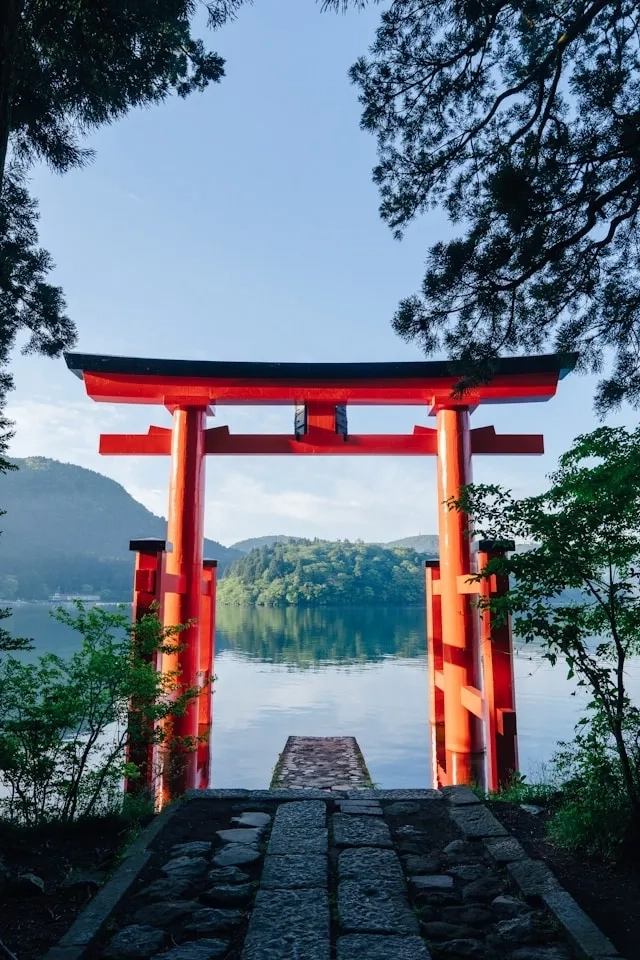
Hakone
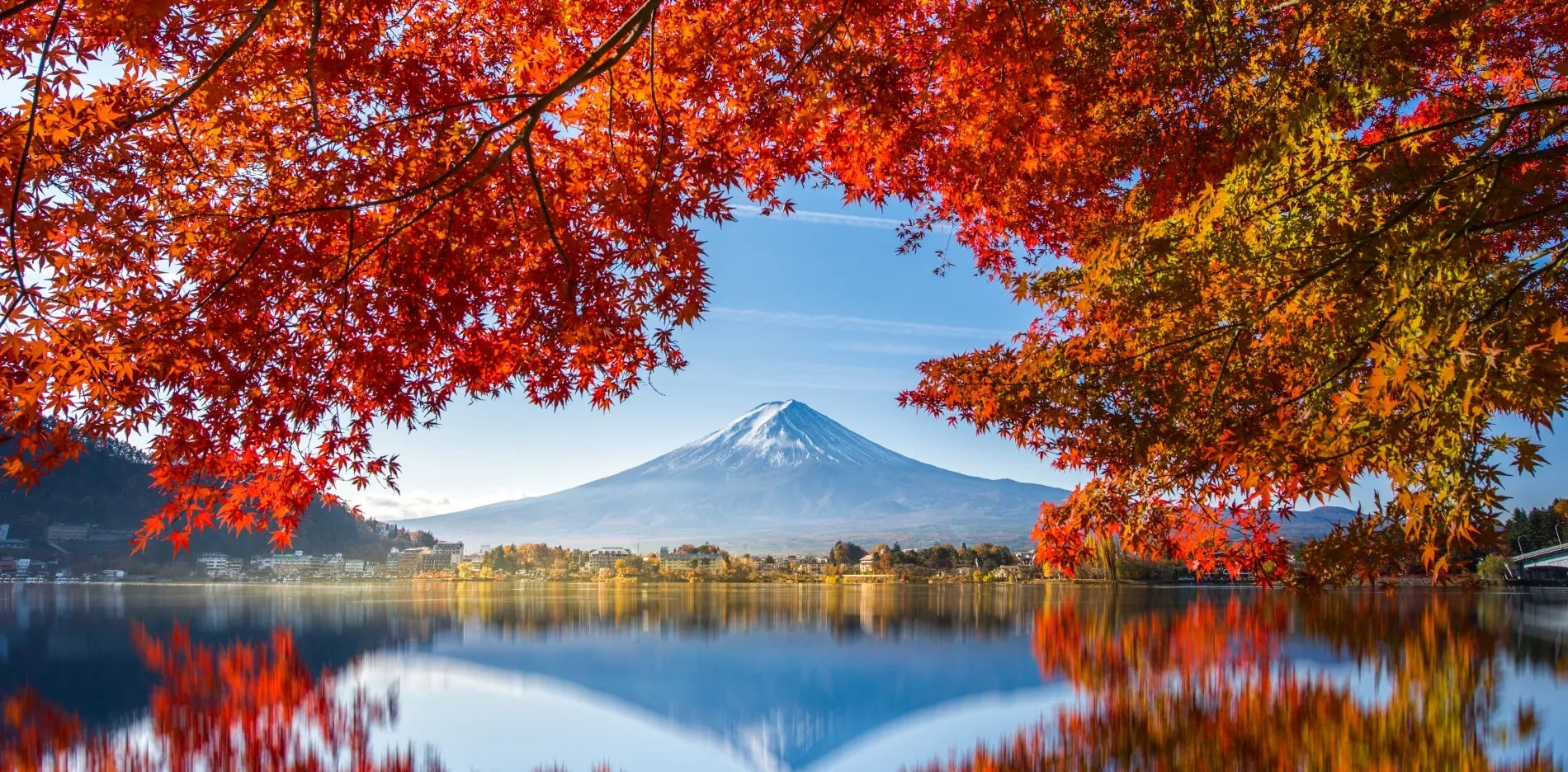
Mount Fuji

Nikko
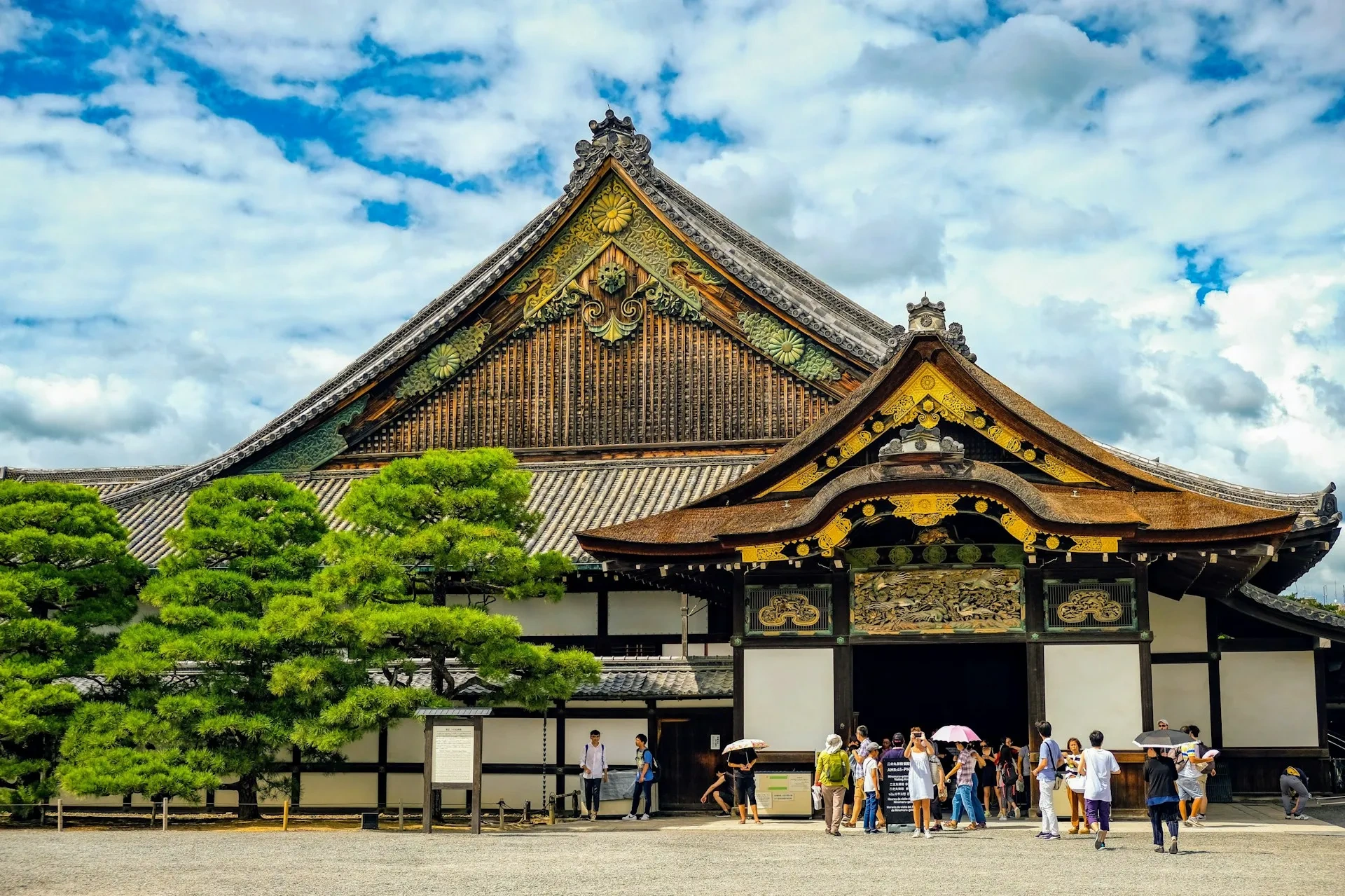
Nijo Castle
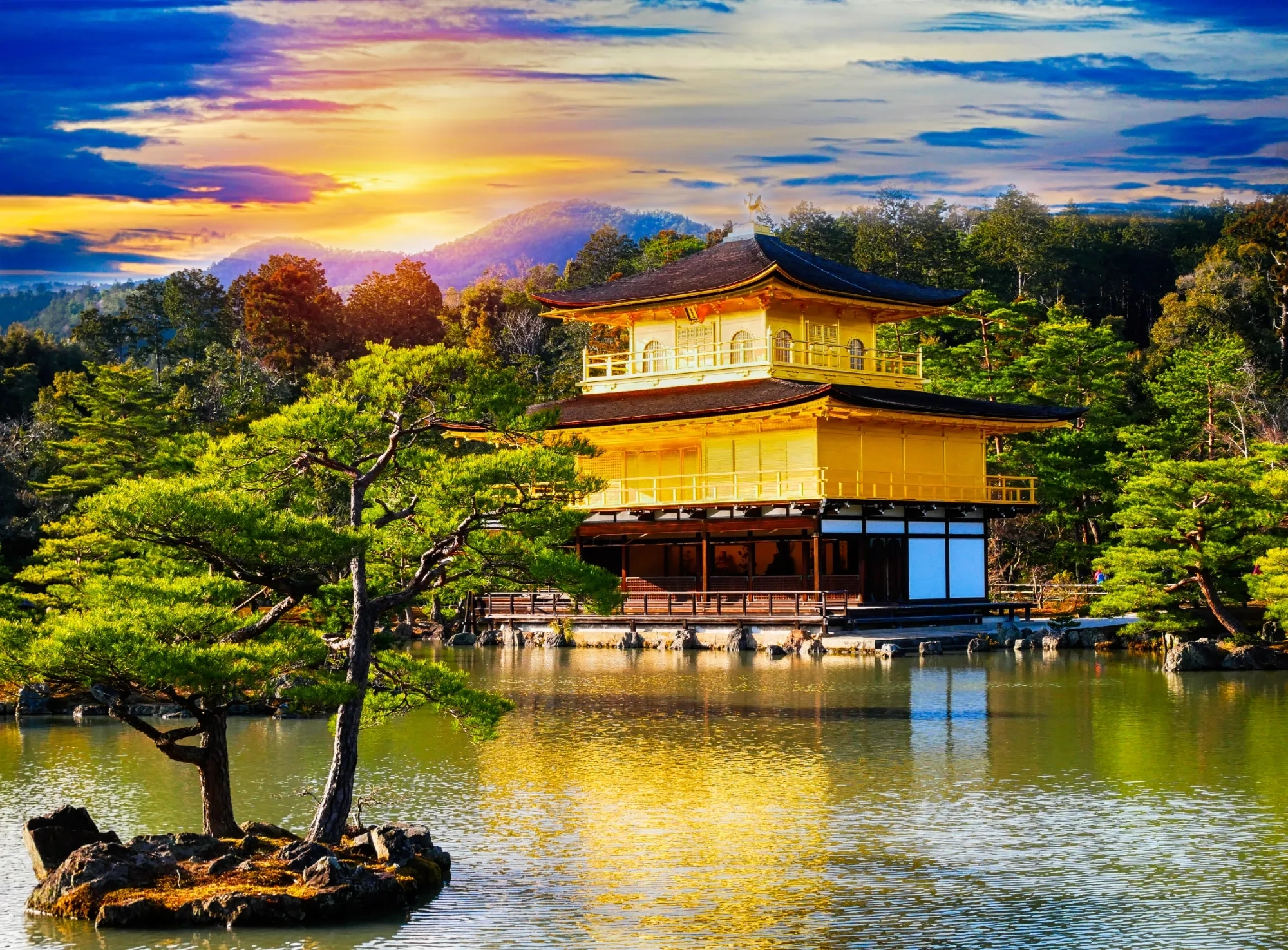
The Golden Pavilion
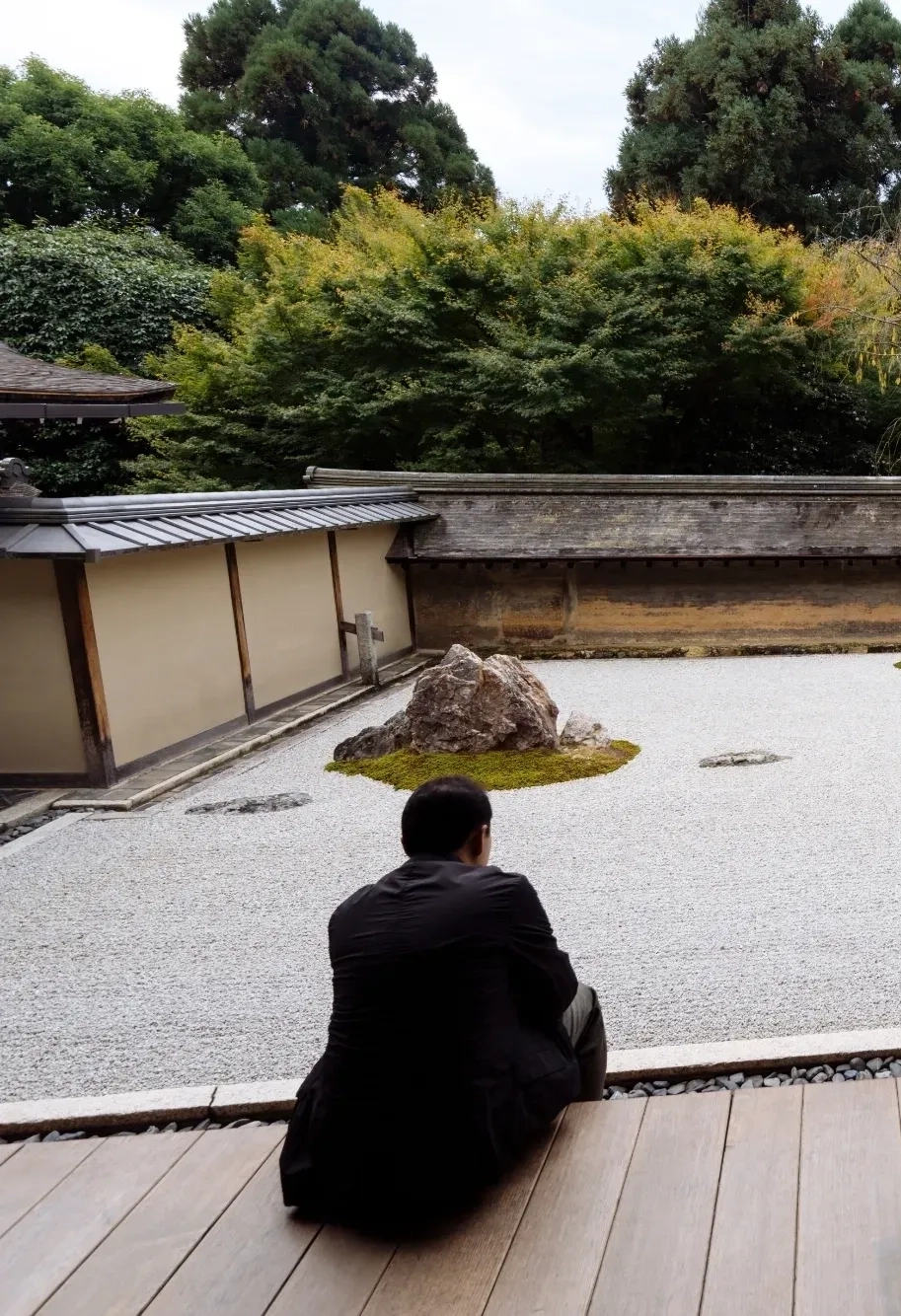
Ryoan-ji Temple
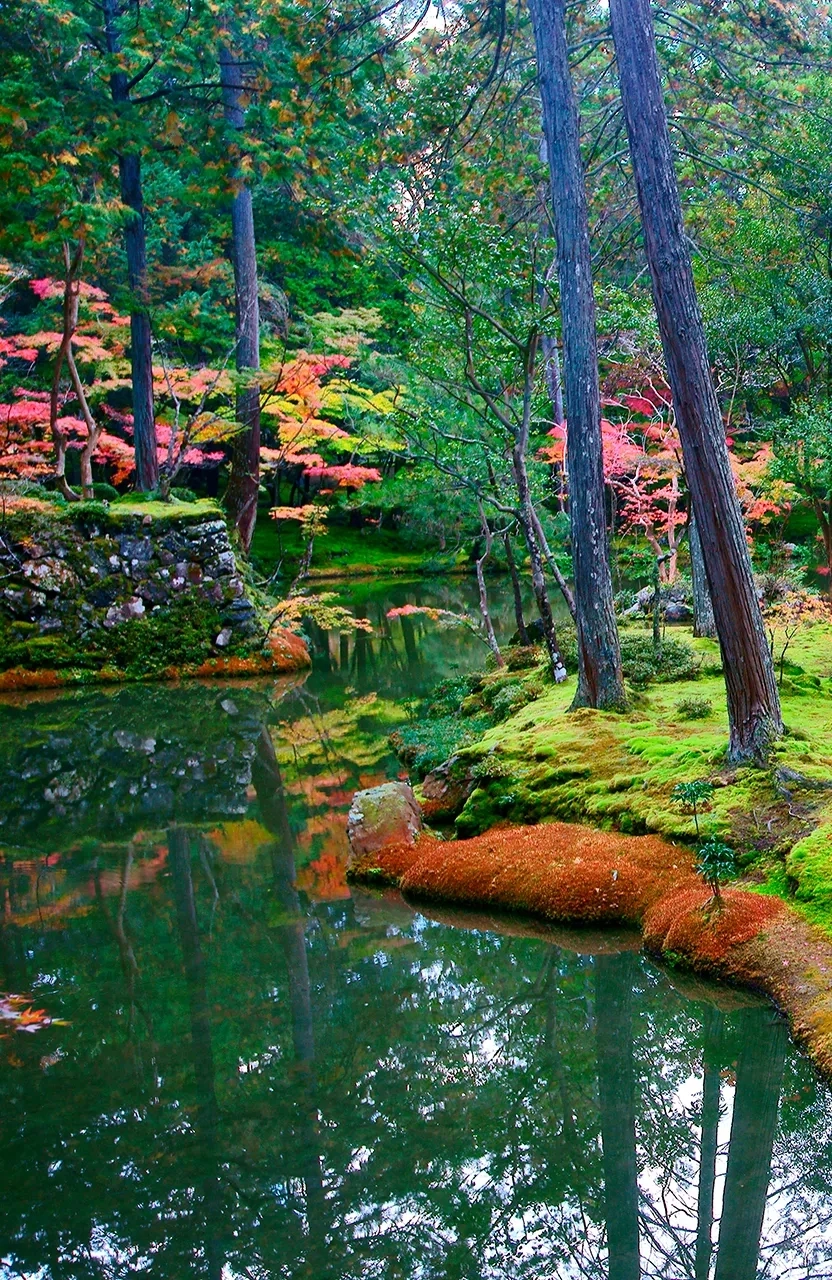
Saiho-ji Temple
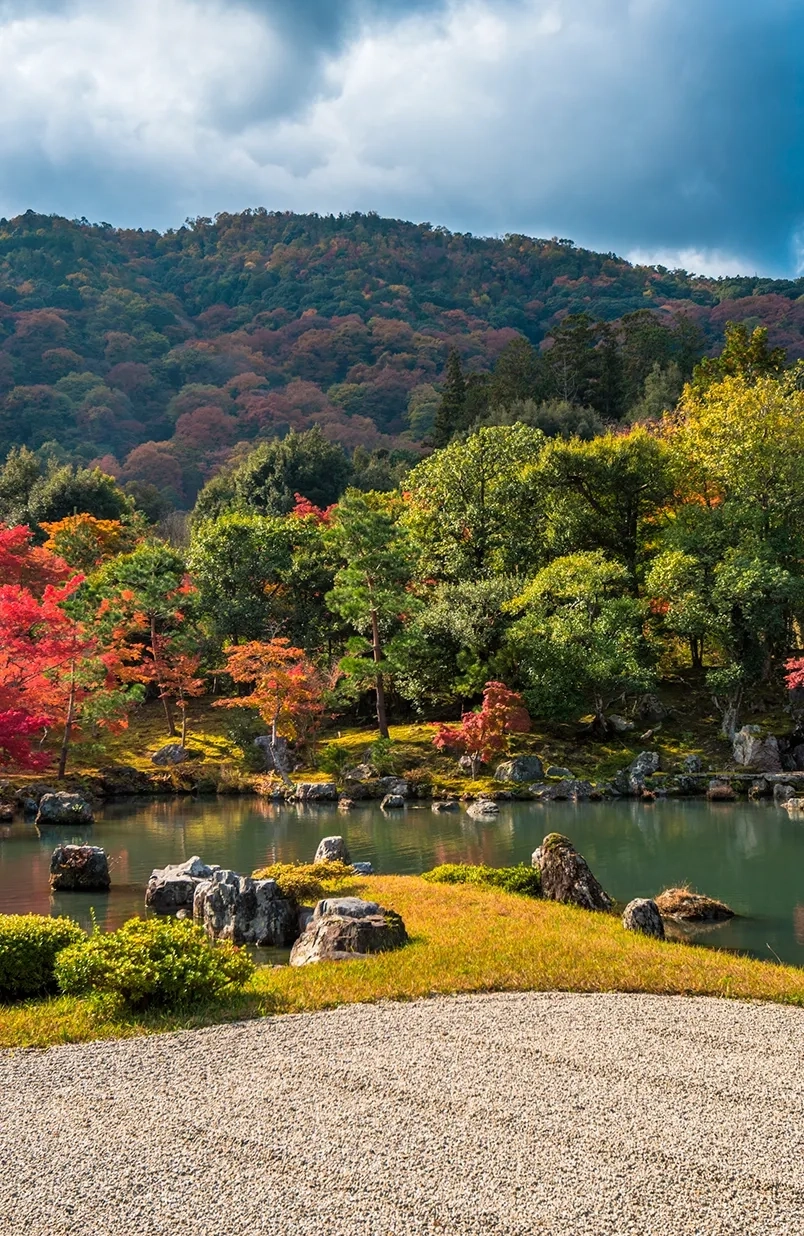
Tenryu-ji Temple

The Bamboo Grove
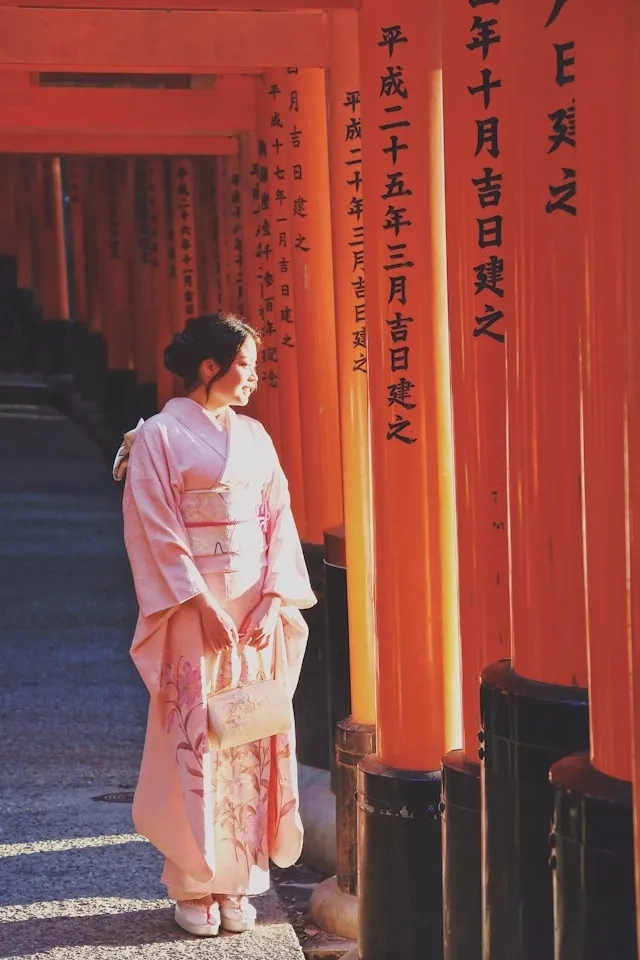
Fushimi Inari Shrine
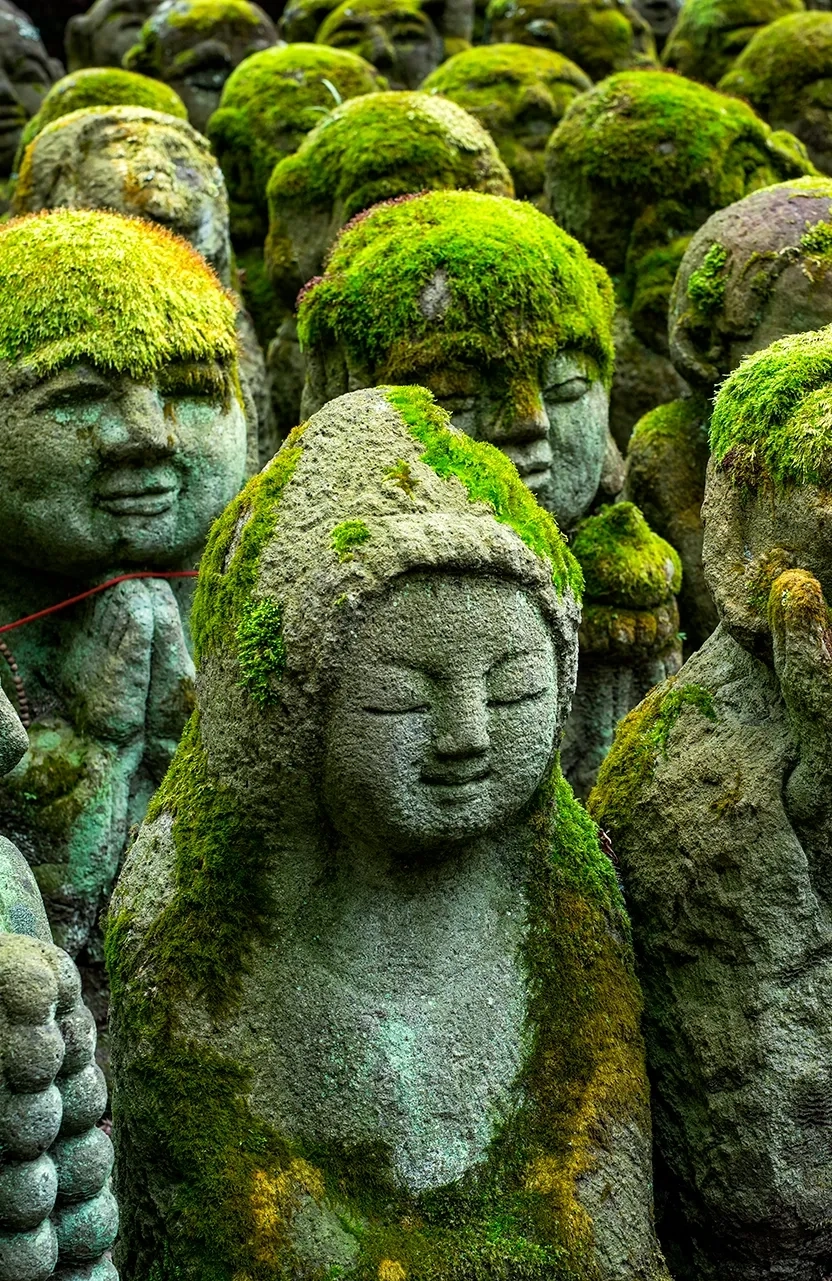
Otagi Nenbutsu-ji Temple
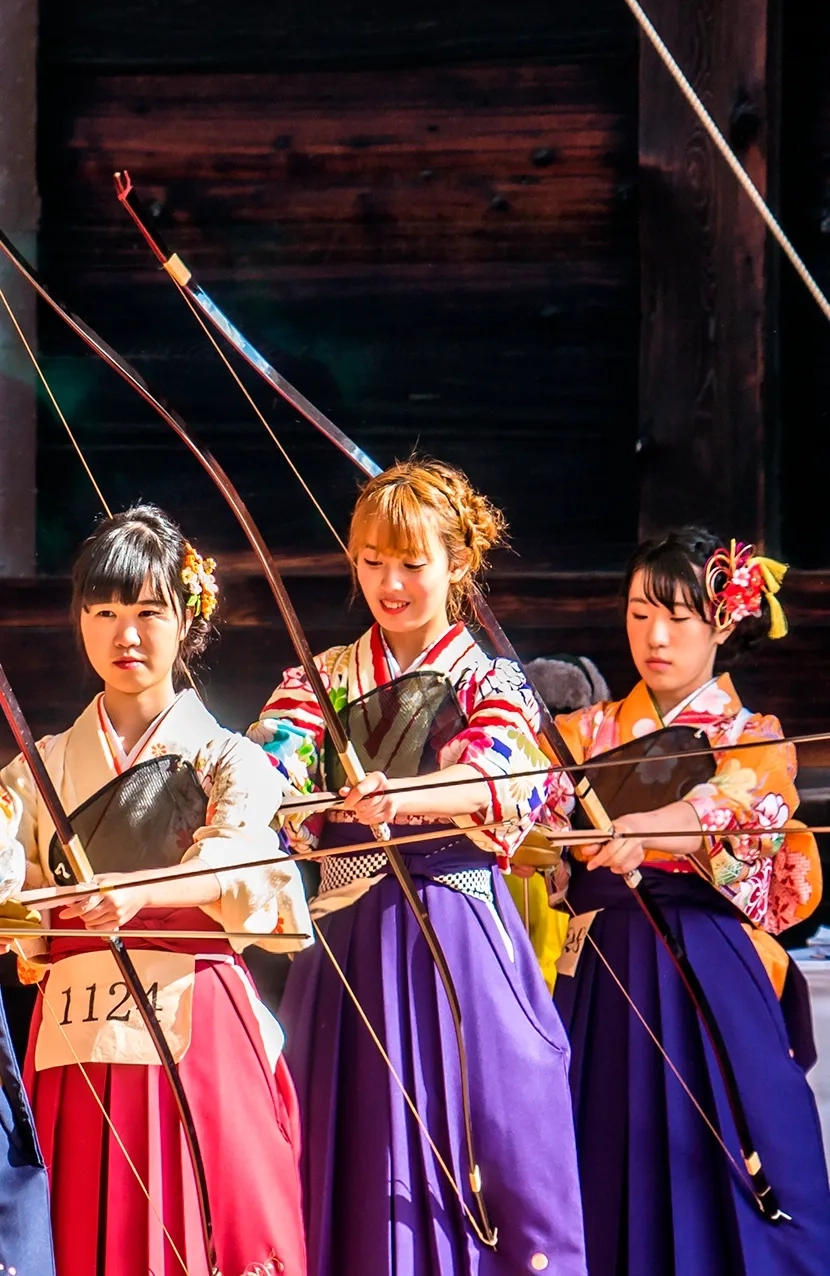
Sanjusangendo

Kiyomizu-dera

Historic Rickshaw Ride

Night out in Gion
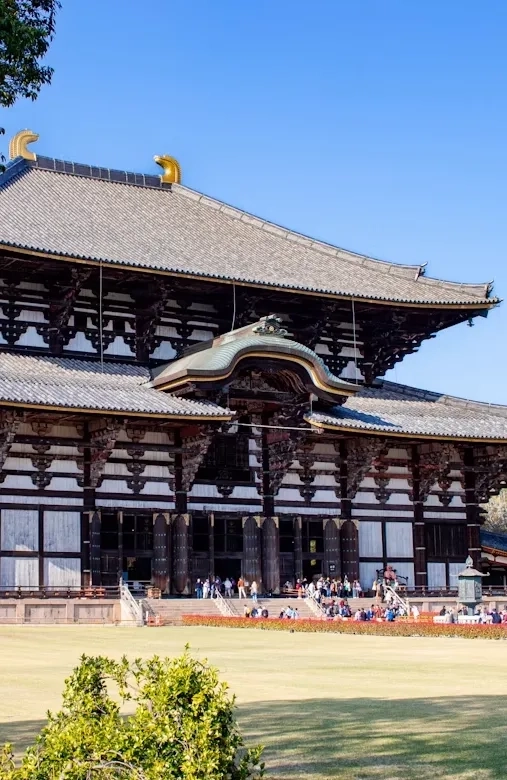
Nara
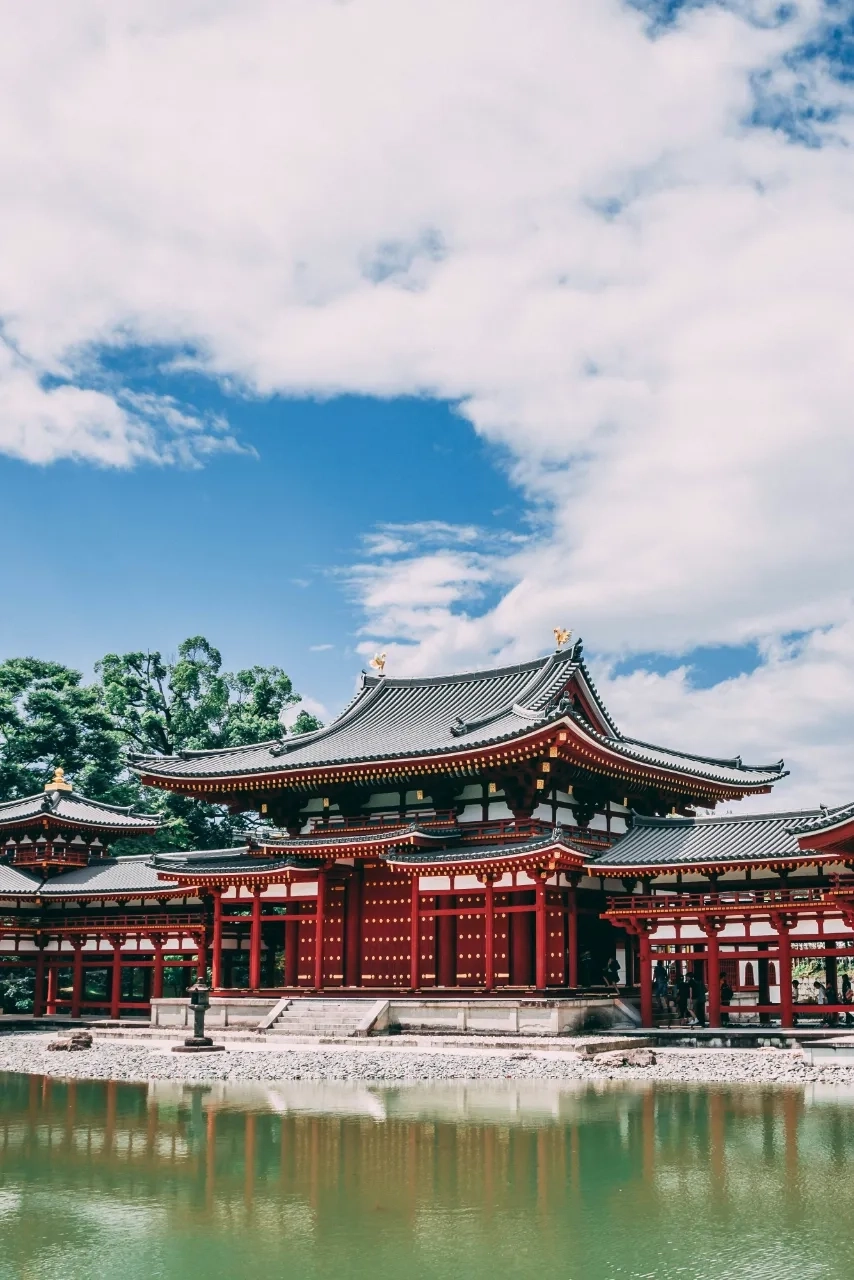
Uji
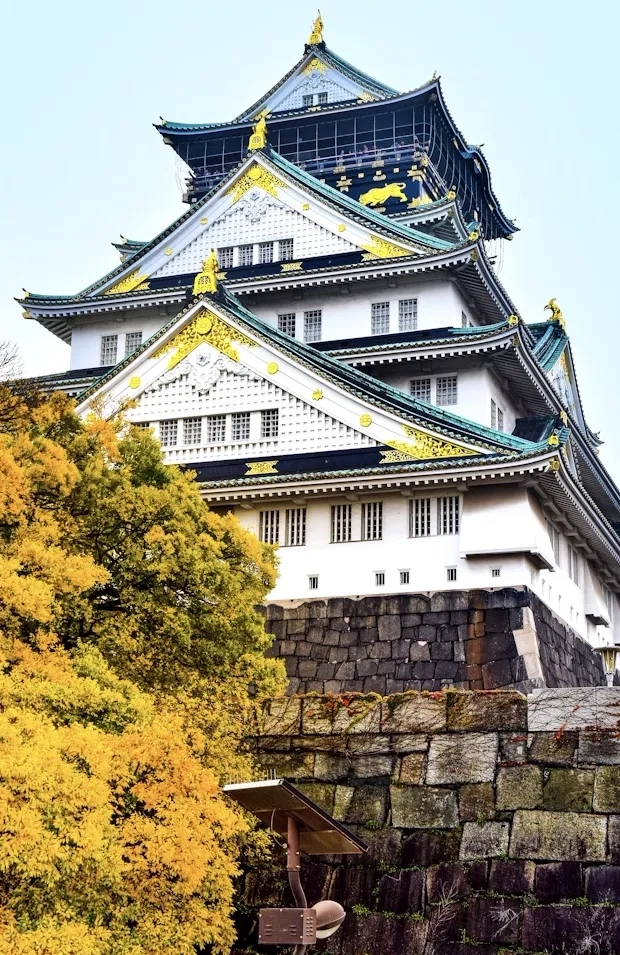
Osaka

Hiroshima
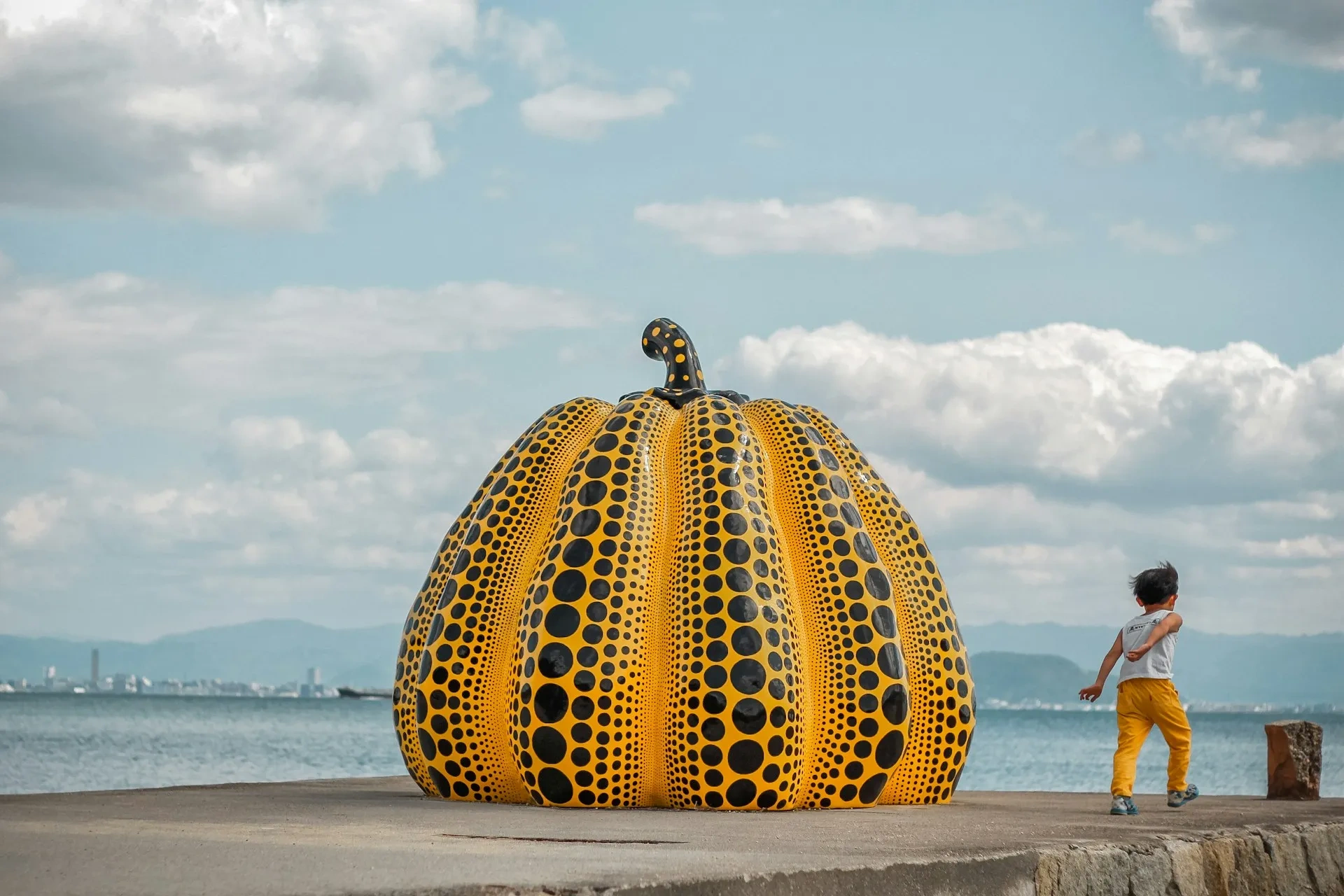
Naoshima and Teshima
Rustic Japan
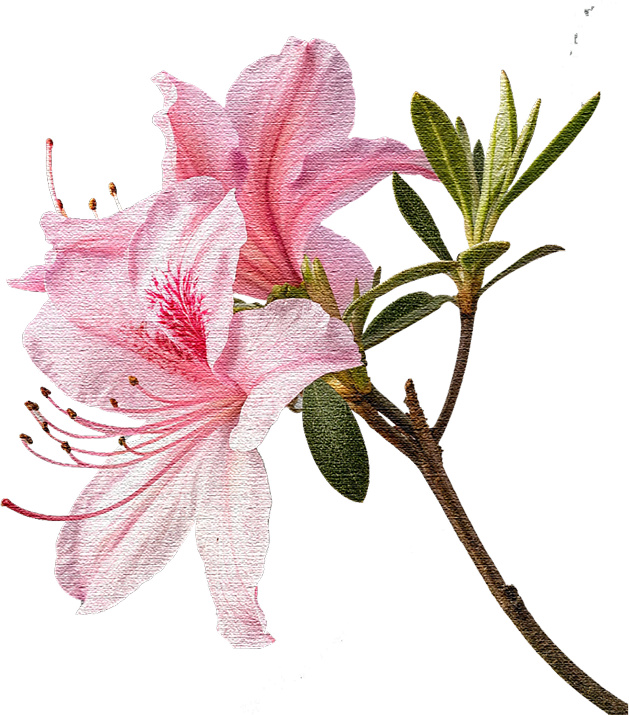

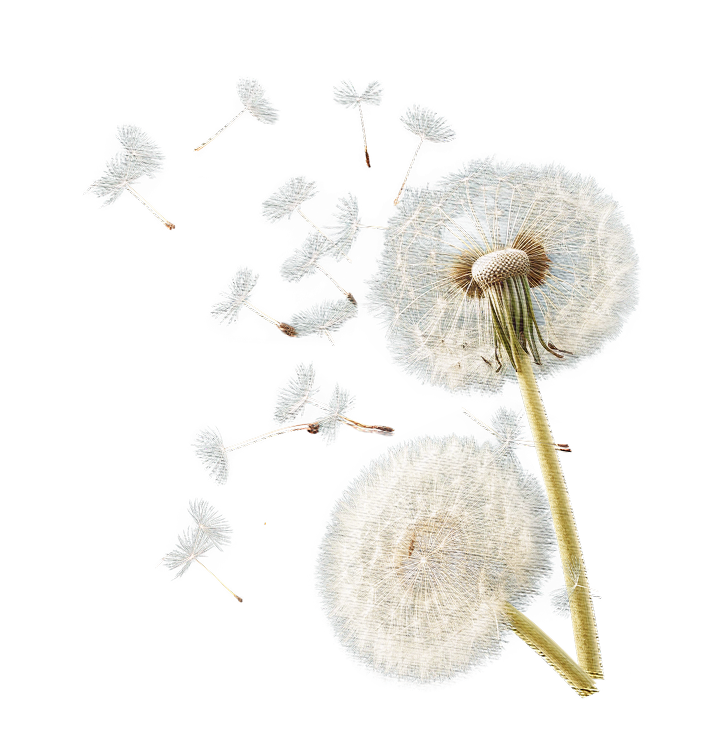
Rustic Japan
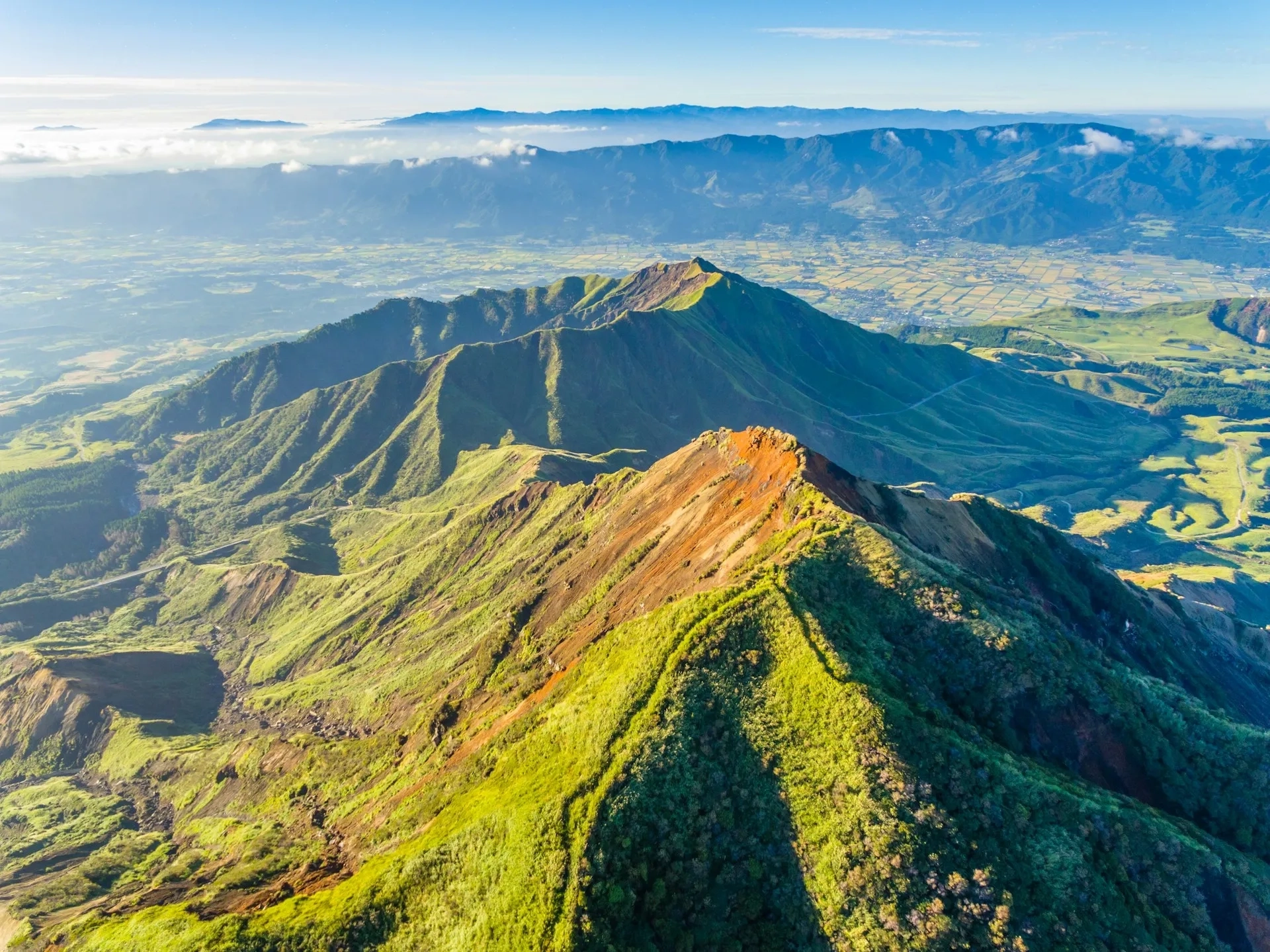
Kyushu

Beppu
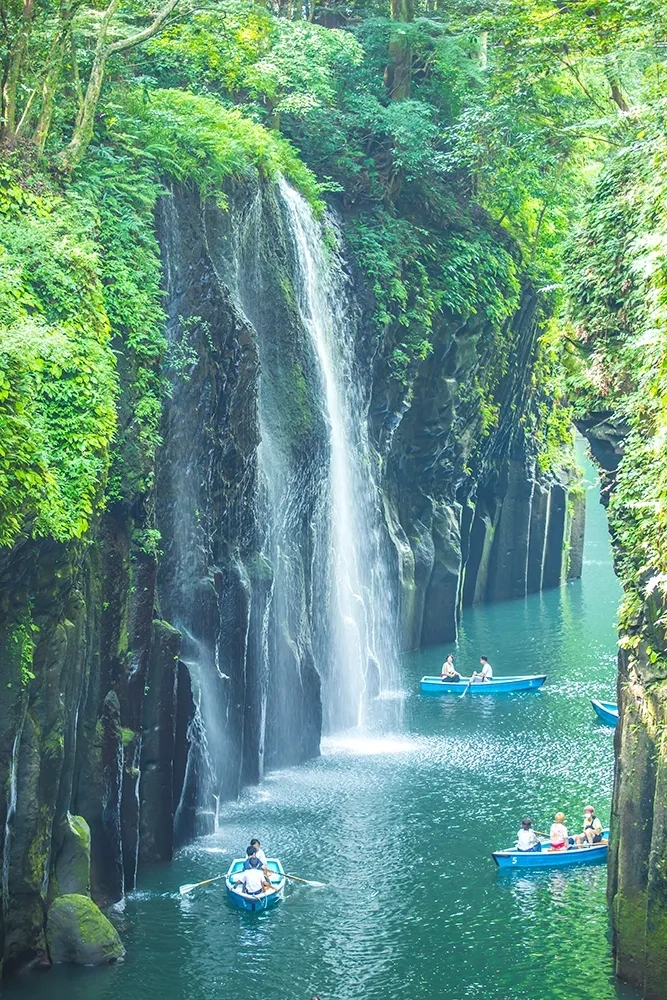
Takachiho Gorge
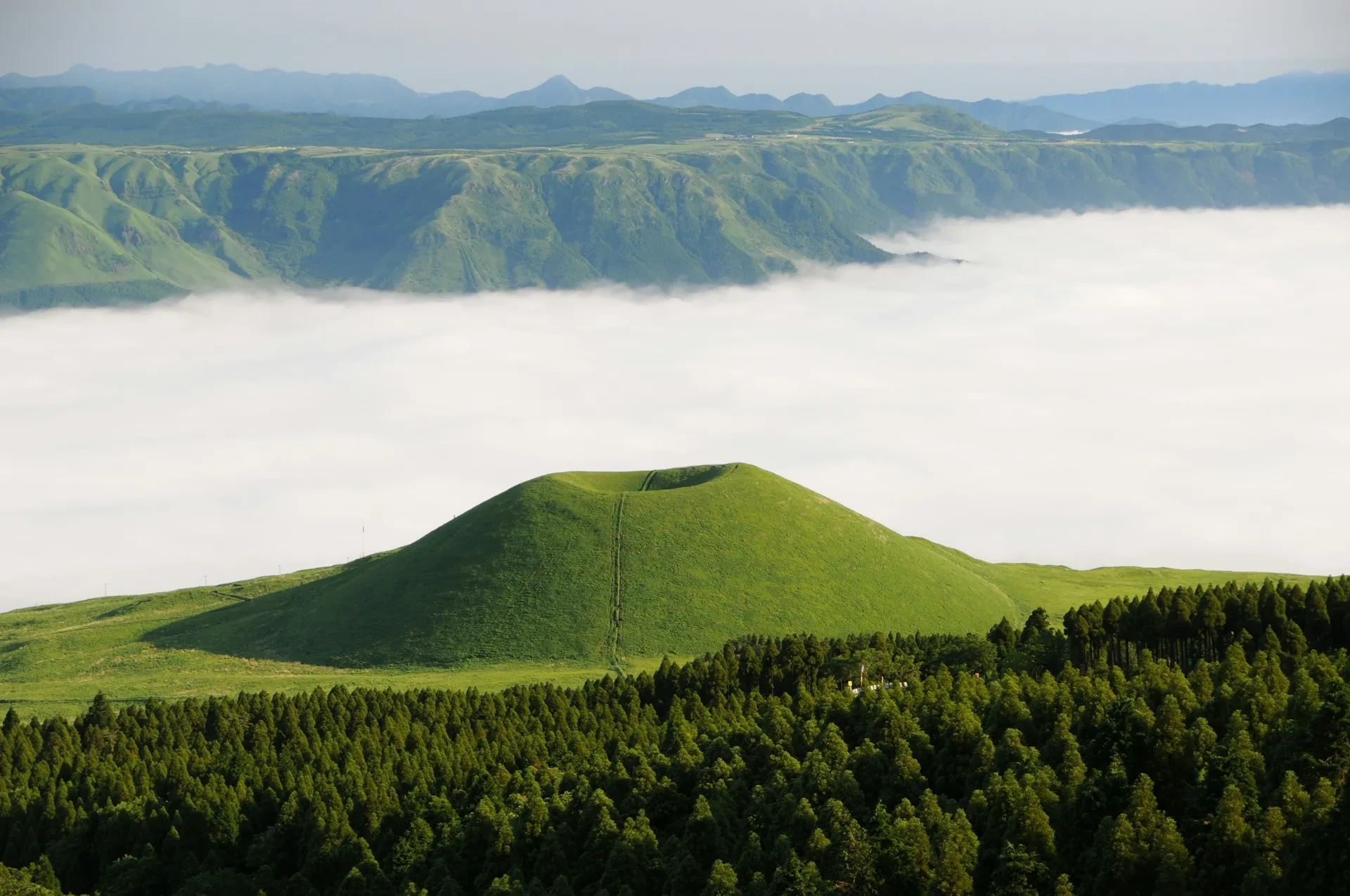
Mount Aso
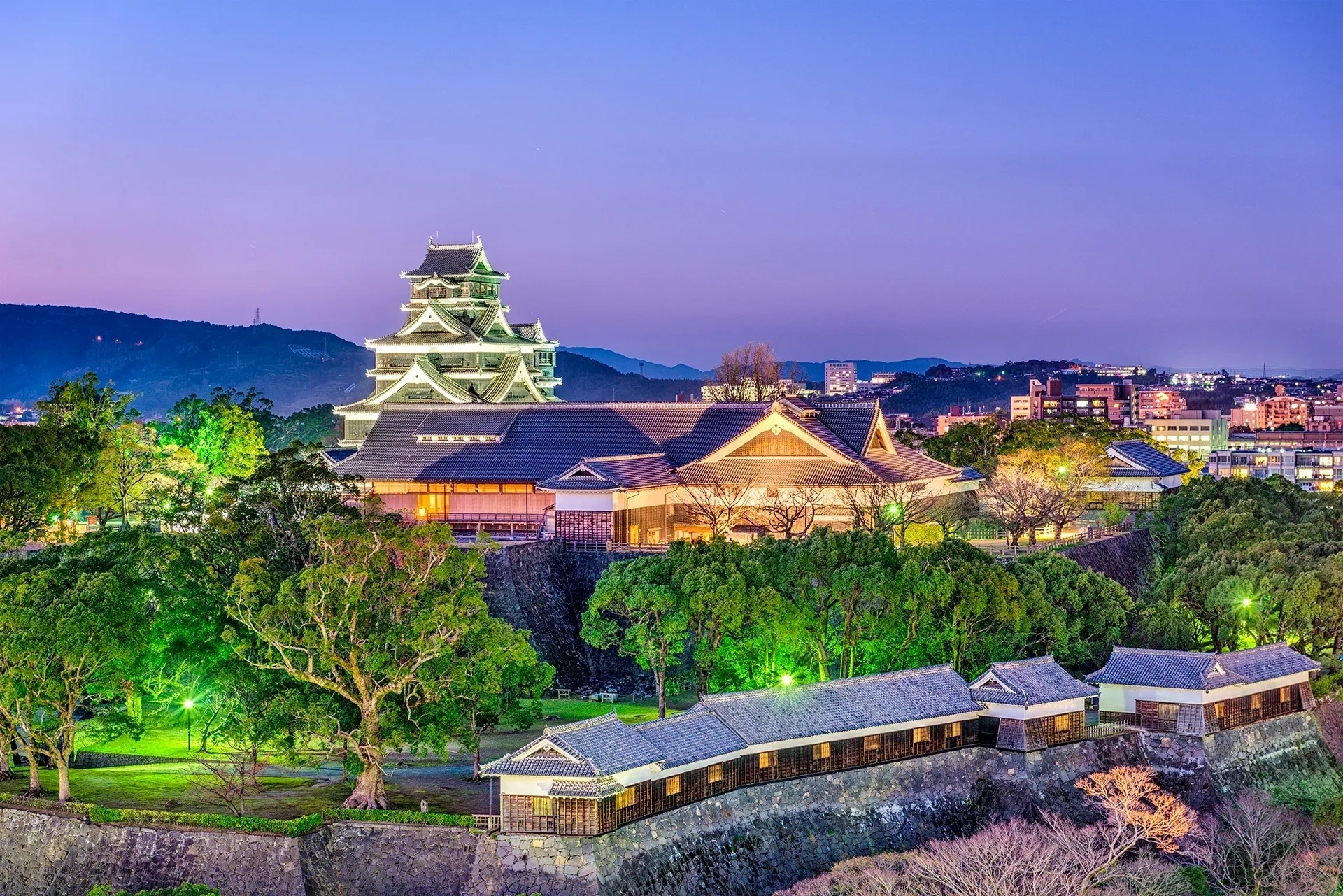
Kumamoto, Nagasaki, and Shimabara
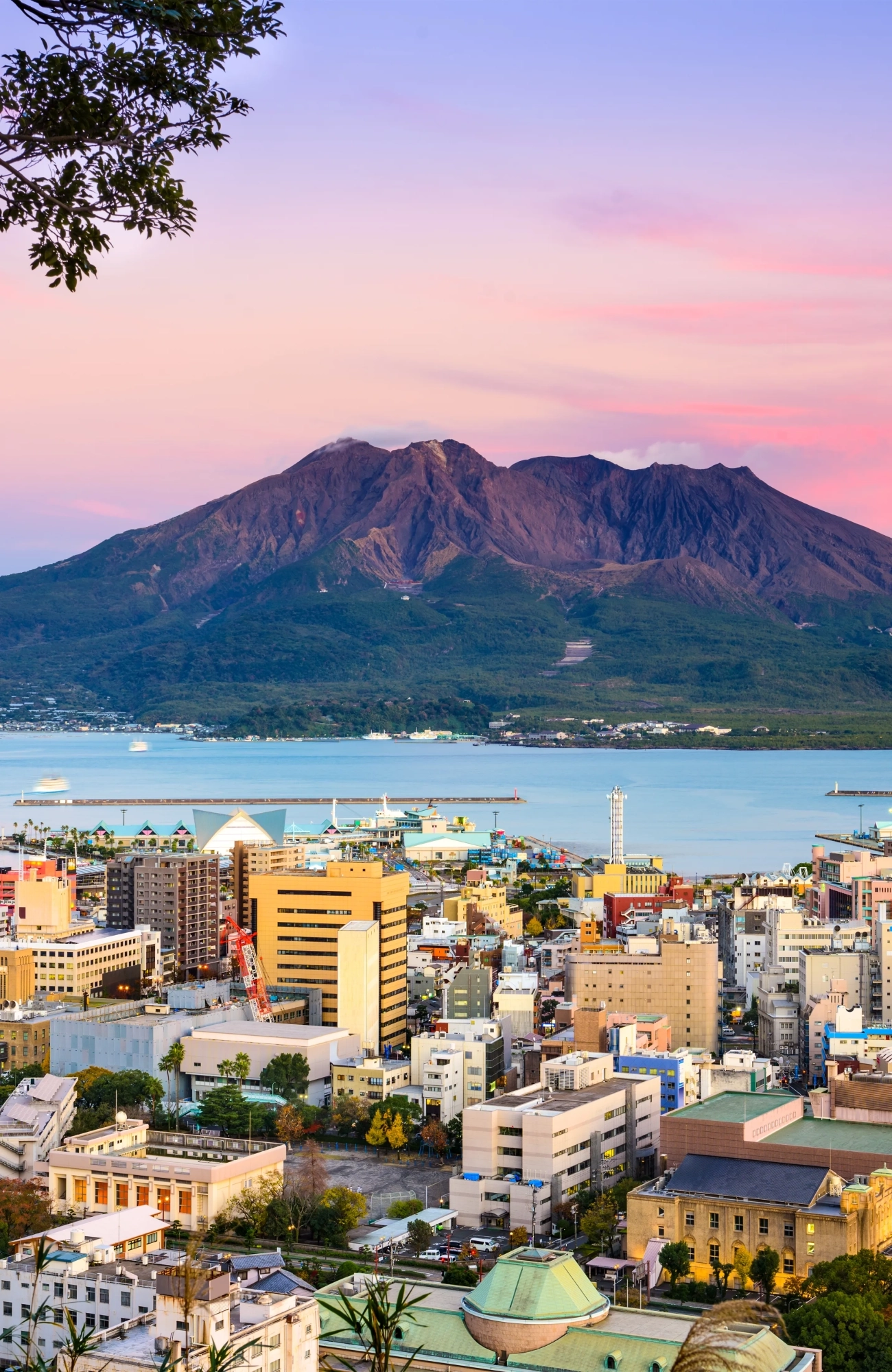
Kagoshima

Okinawa
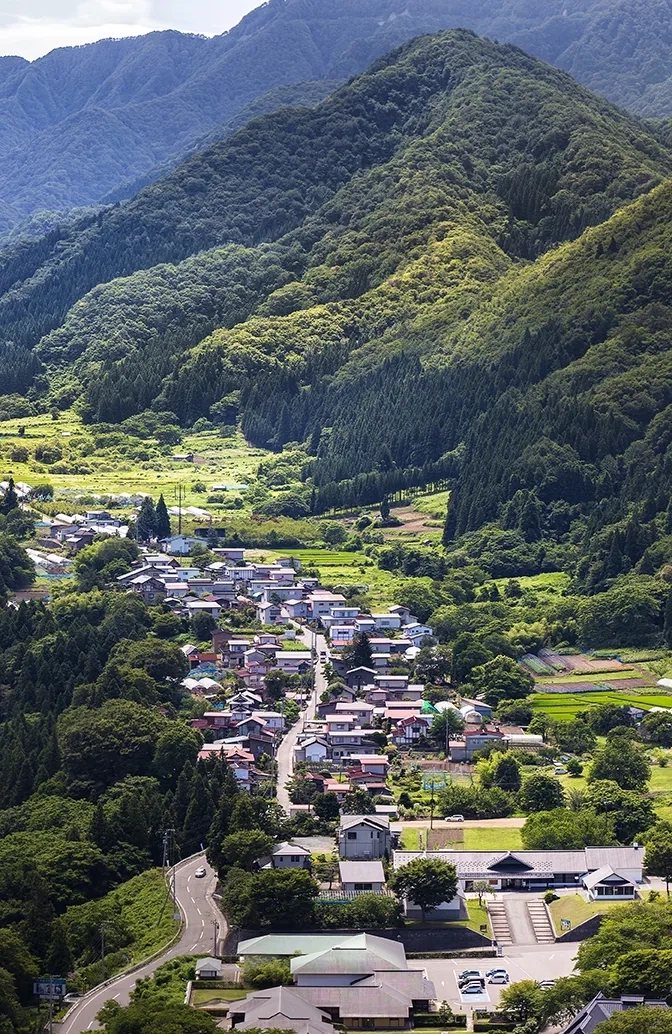
The Tohoku Region
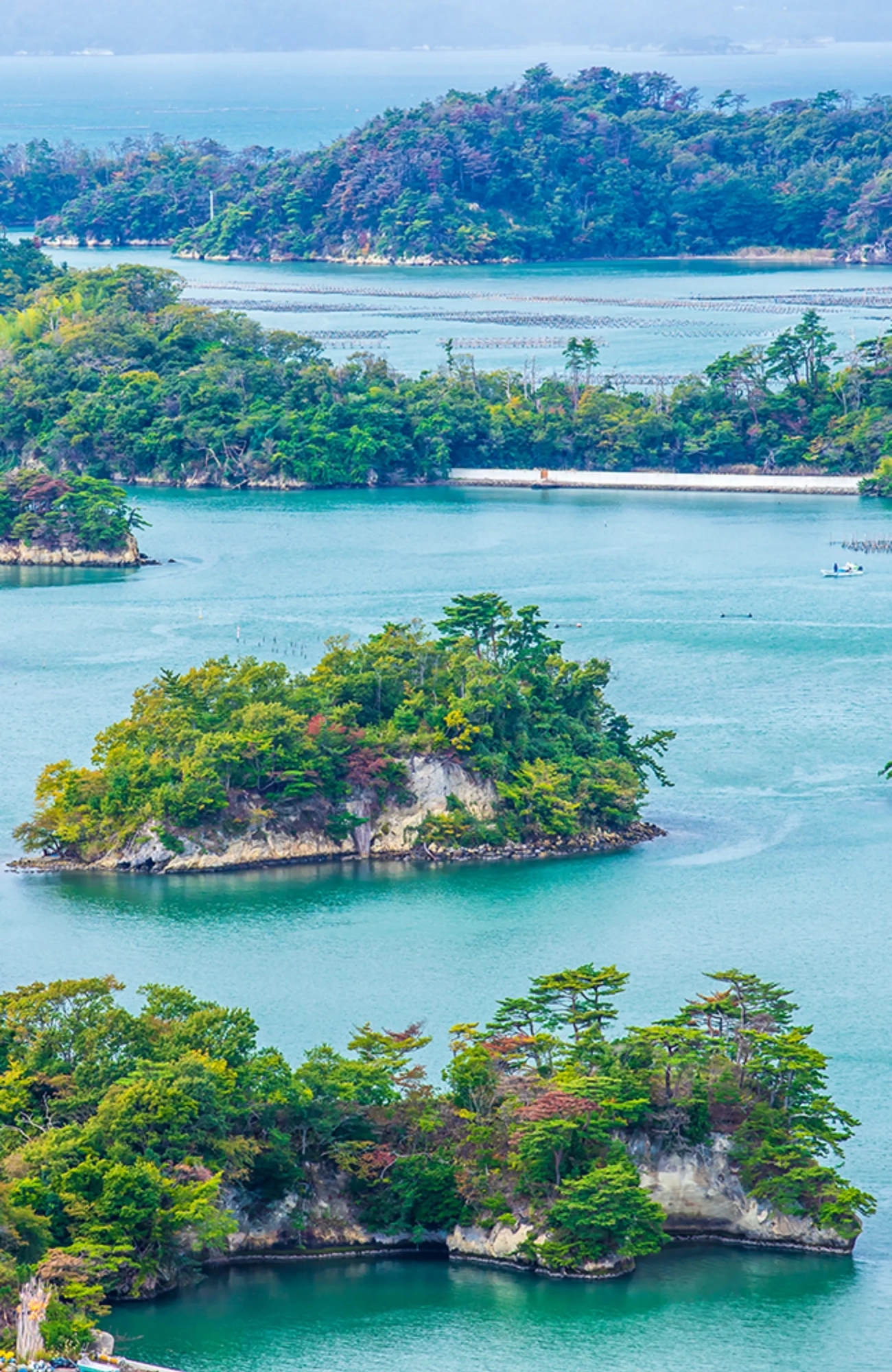
Matsushima Bay
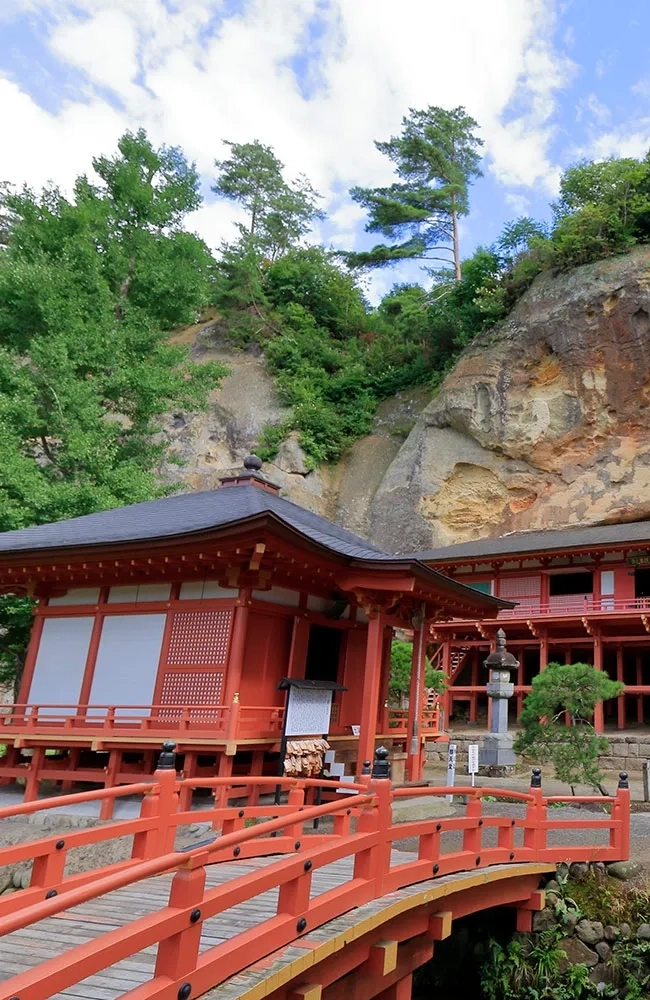
Hiraizumi
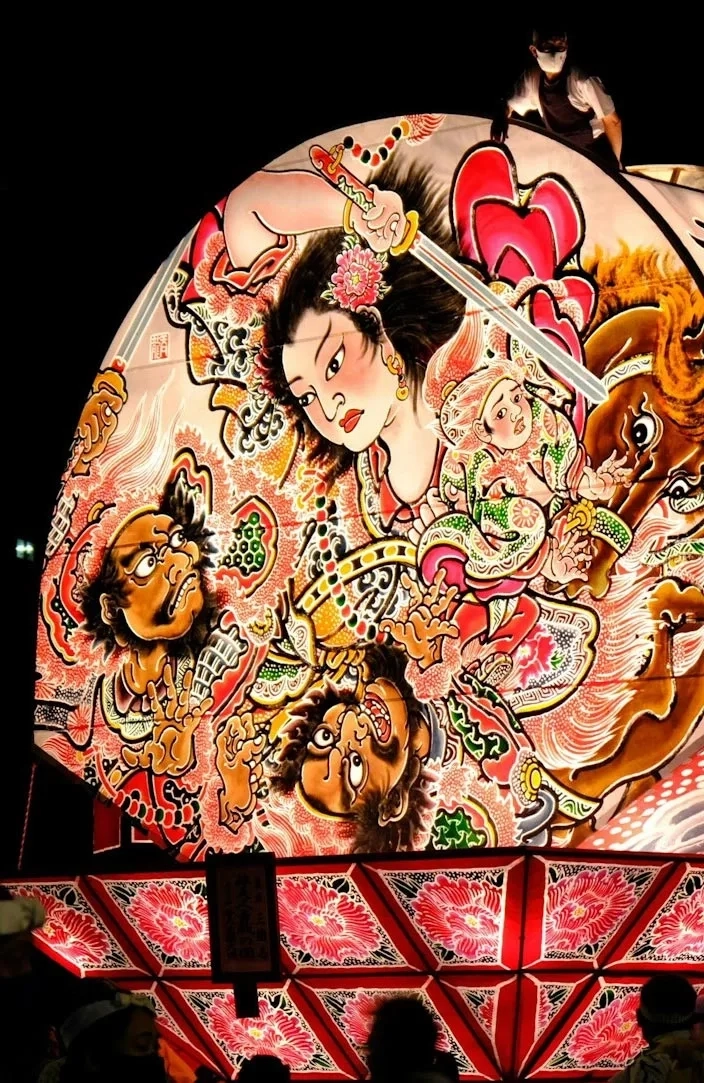
Aomori
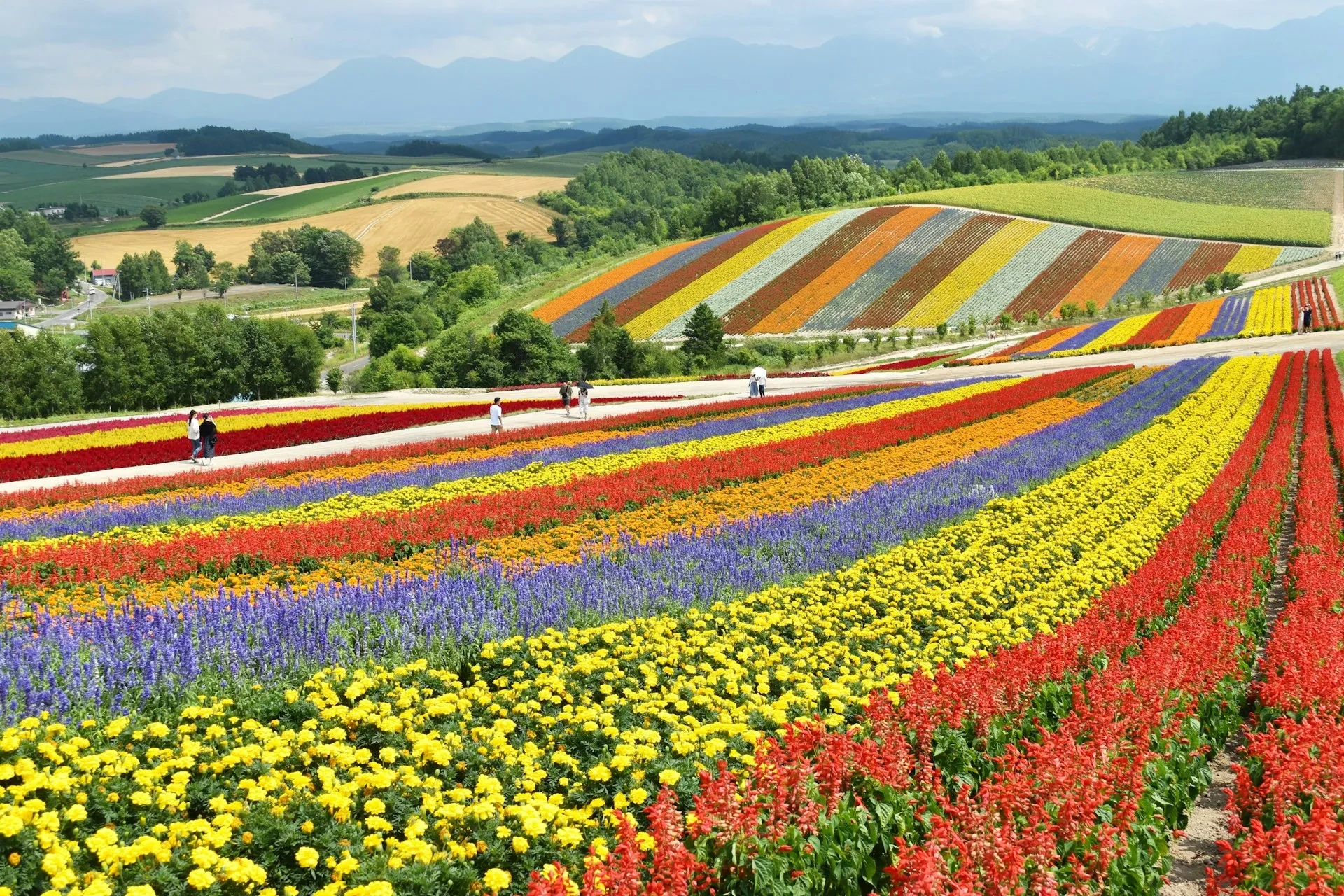
Hokkaido
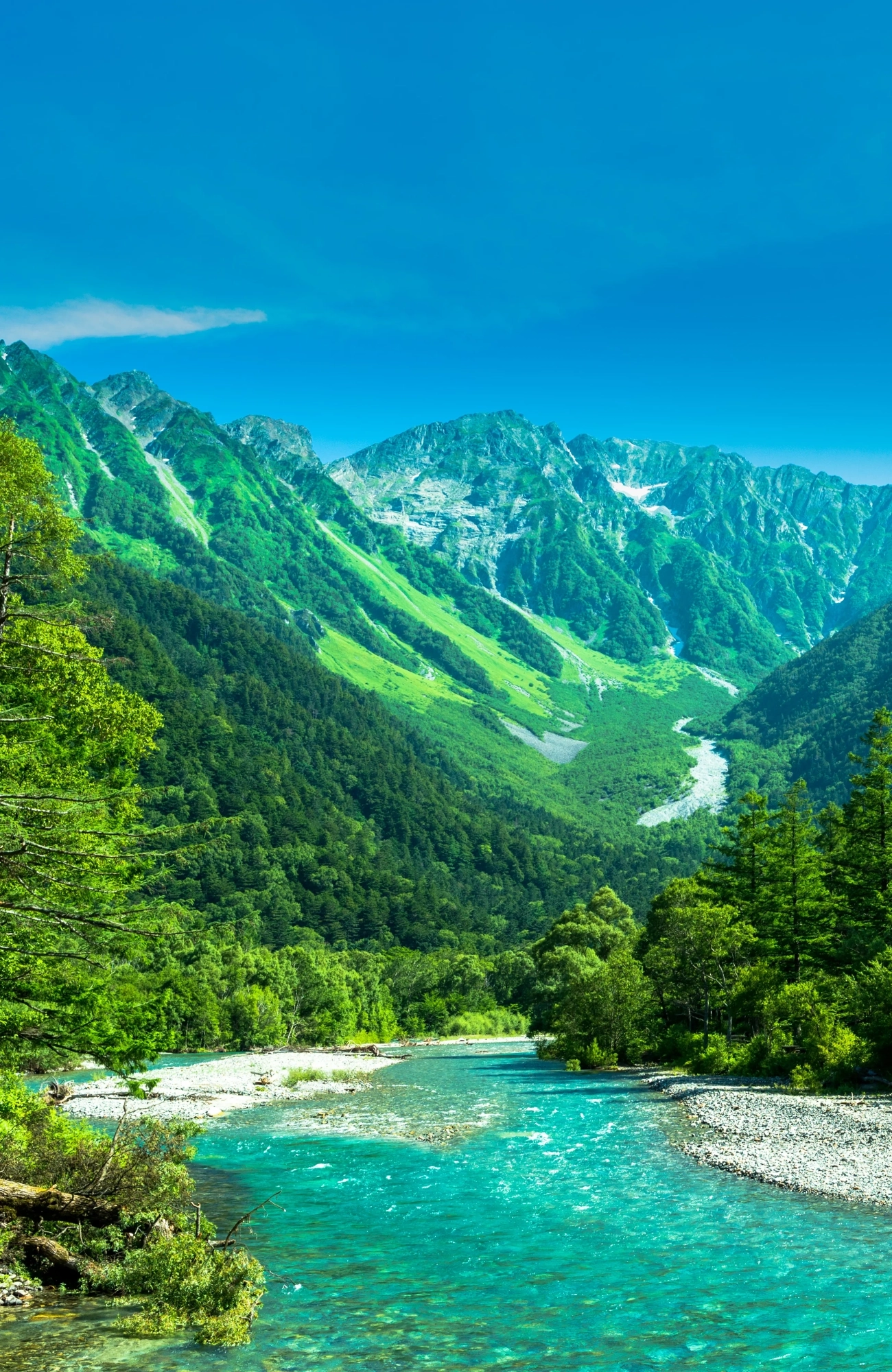
Kamikochi
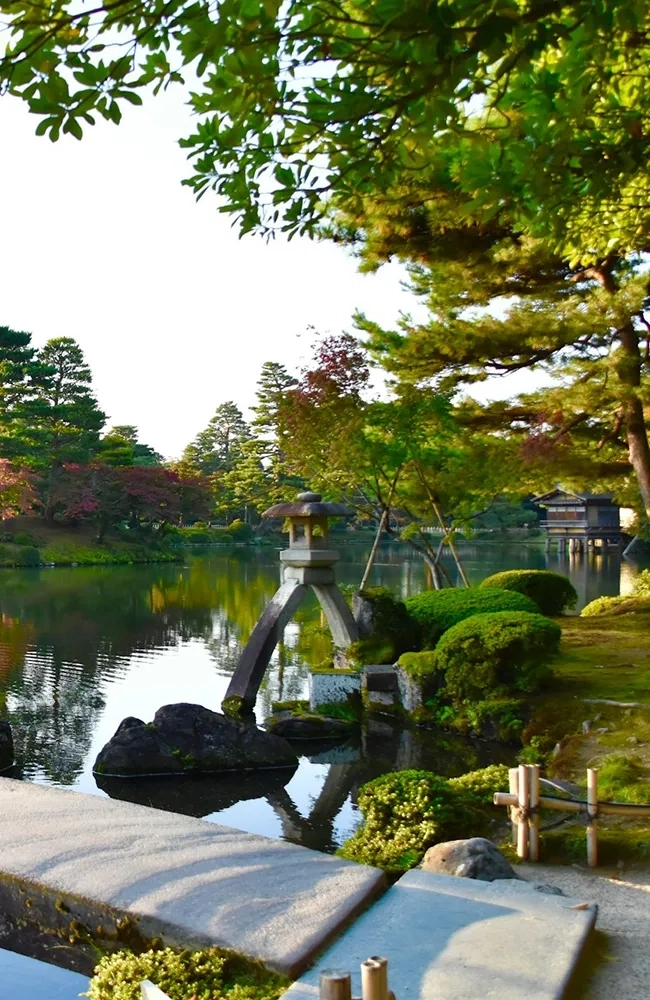
Takayama – Shirakawa-go – Kanazawa

Upper Nikko
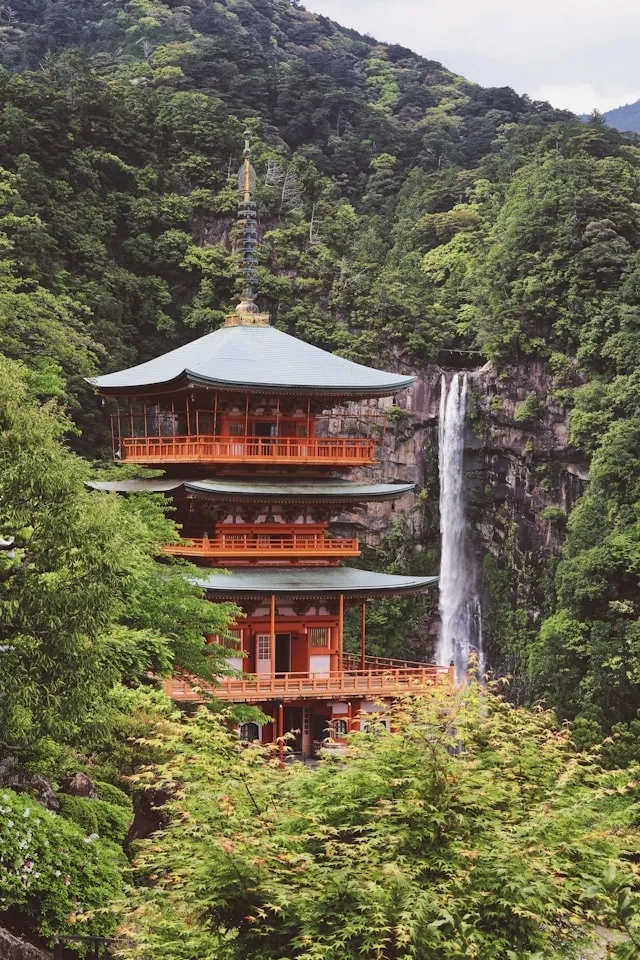
The Kumano and Akame Mountains
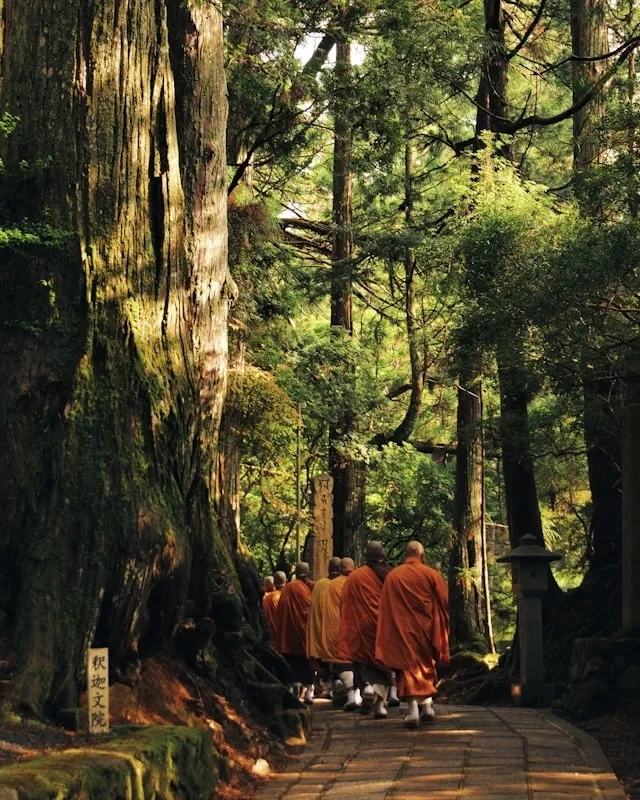
Koyasan
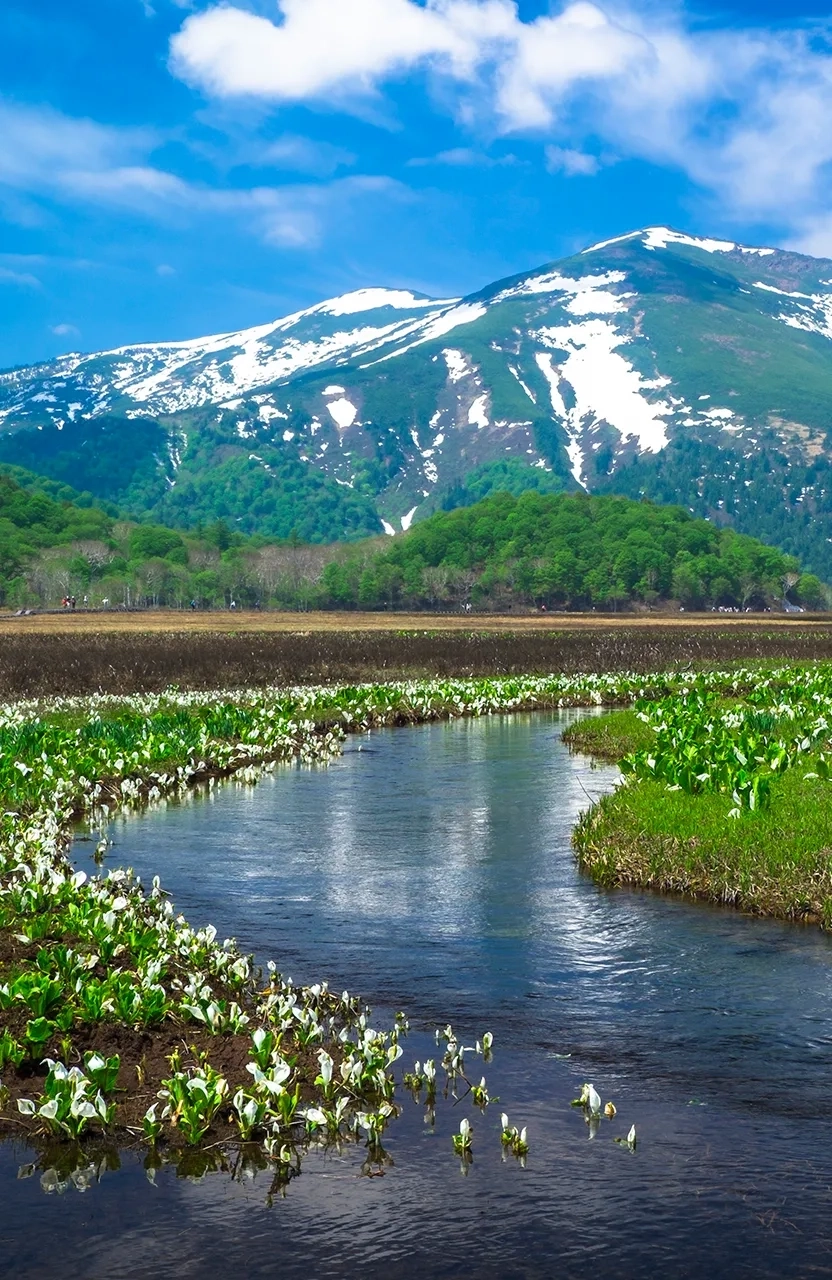
Oze National Park
Classic Japan
Immersive Experiences
If Japan has left you wanting more, here are a few ideas to take your journey further
Add your ingredient
Maybe your kids (or secretly, you too) love Japanese comics. Or you see Japanese fishing as the ultimate art. Or maybe you're on a quest to find the last samurai. Whatever it is — tell us, and we'll be happy to join you.
Here are some more ideas you might like. Match your trip to your hobbies, and turn your vacation into a story worth telling.
Culinary Detours
Food in Japan is more than just taste — it’s a reflection of local culture and heartfelt hospitality. In both restaurants and humble eateries, you’ll find vibrant flavors and a welcoming atmosphere. Here are a few places in the capital where the spirit of “old” Tokyo still lingers. A few examples of Japan’s finest cuisine are saved for the end.
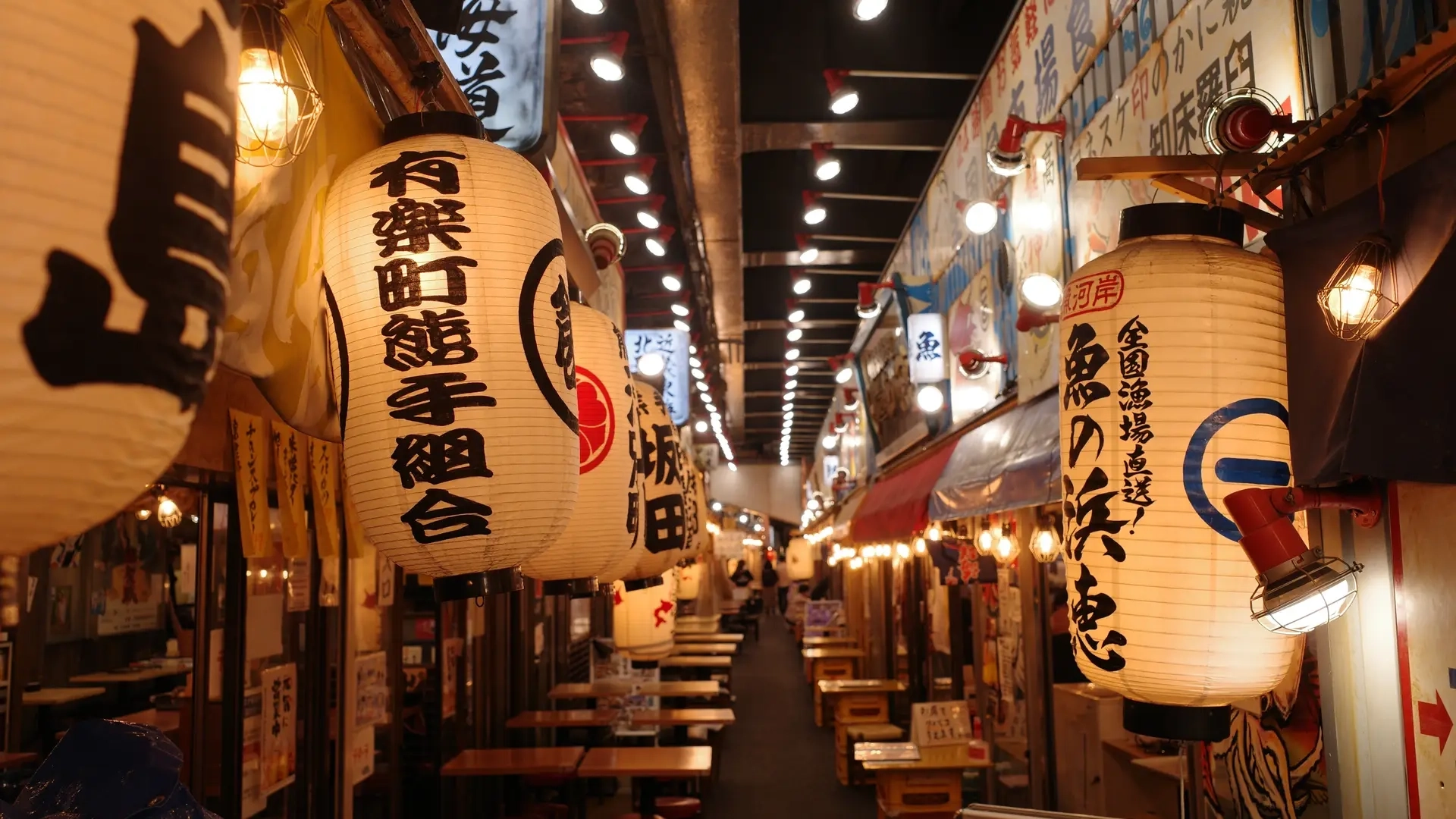
Omoide Yokocho
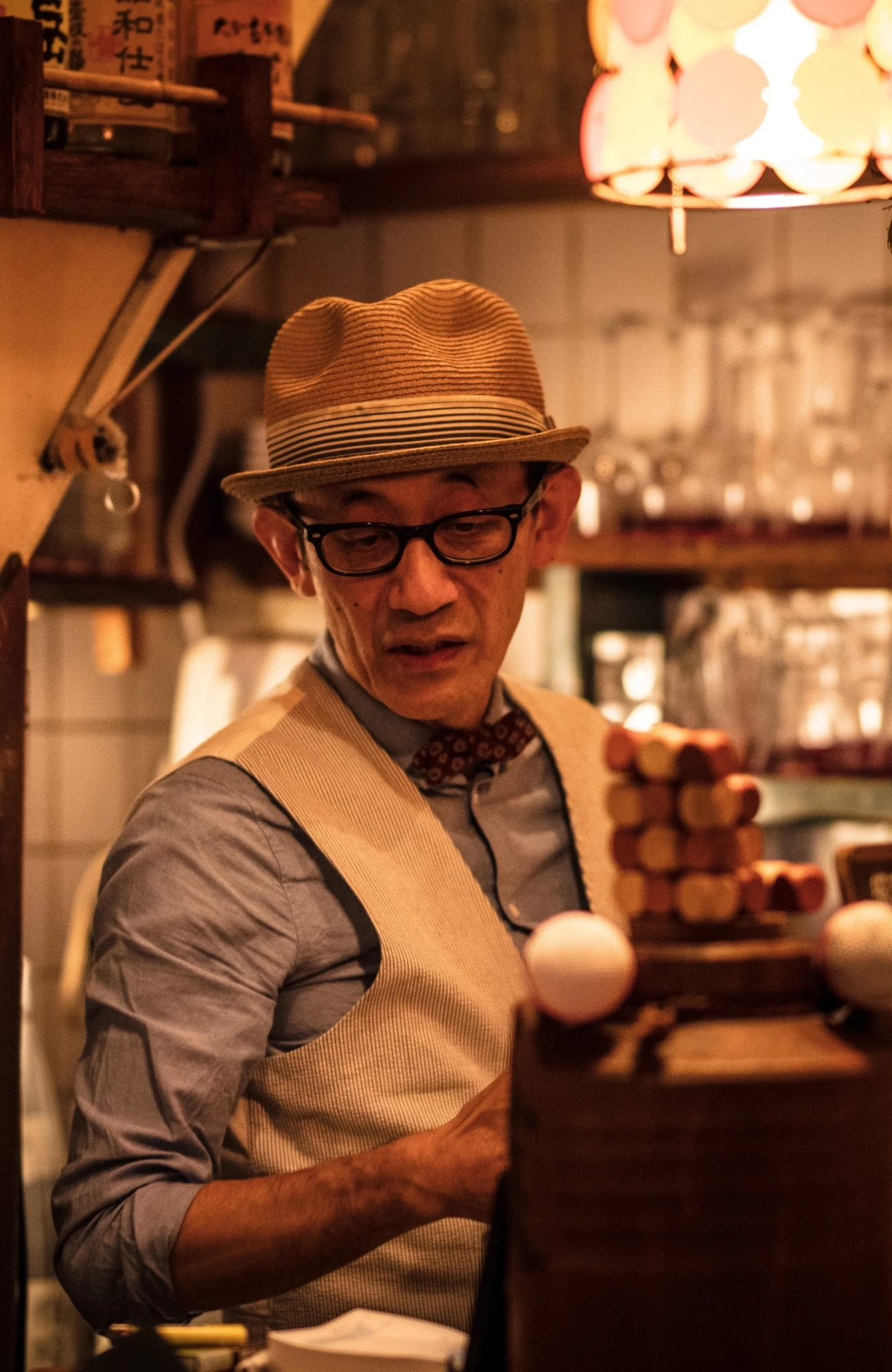
Nonbei Yokocho
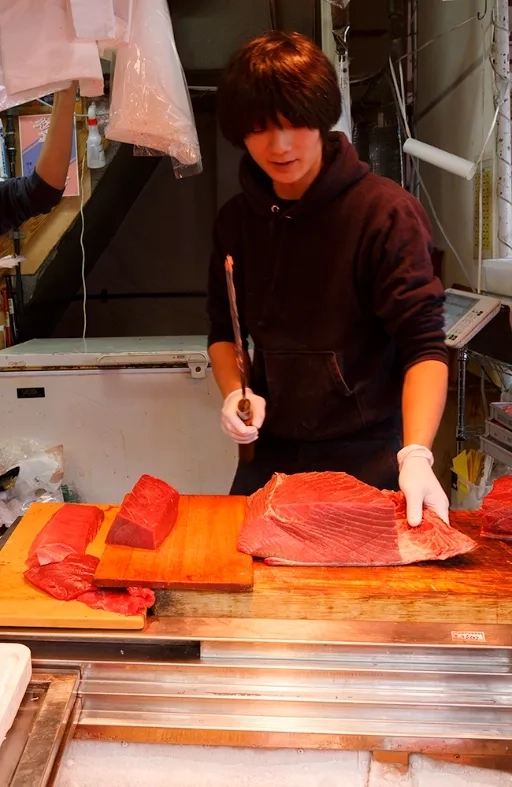
Tsukiji Outer Market
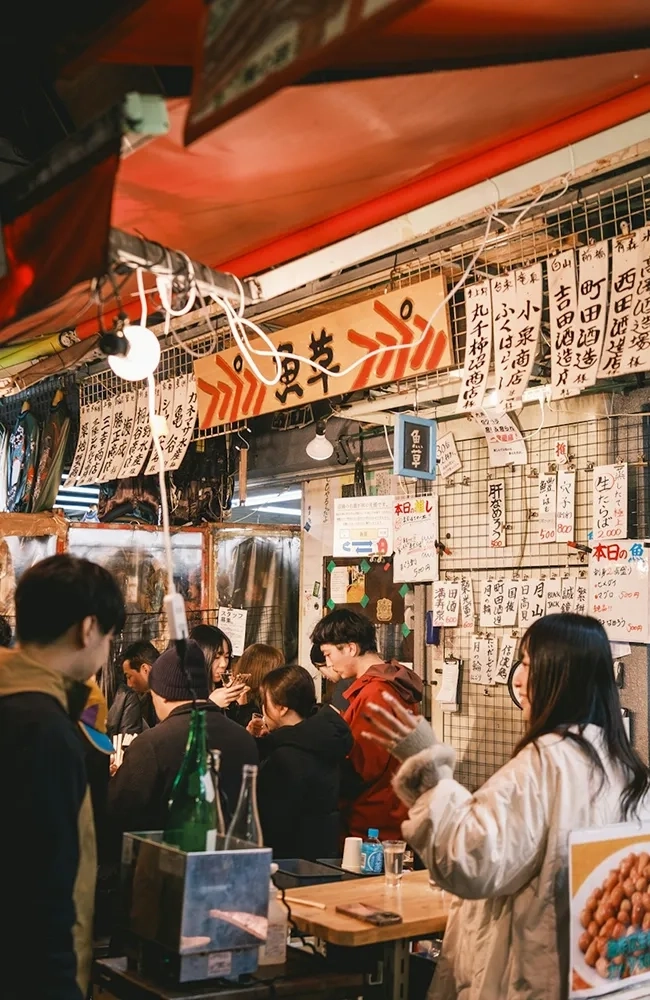
Ameyoko
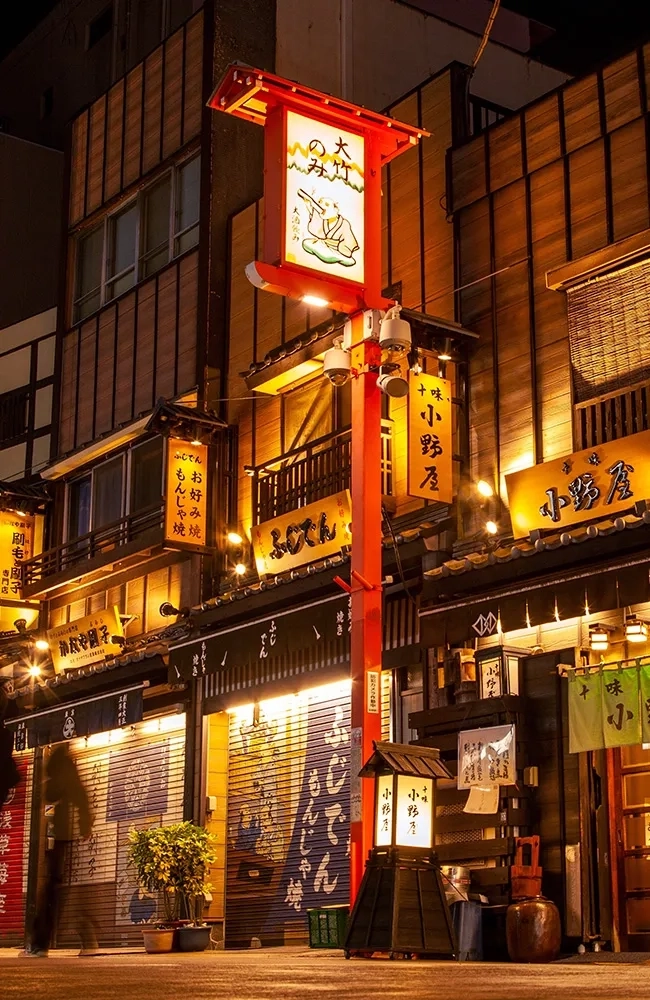
Hoppy Dori

Gado Shita
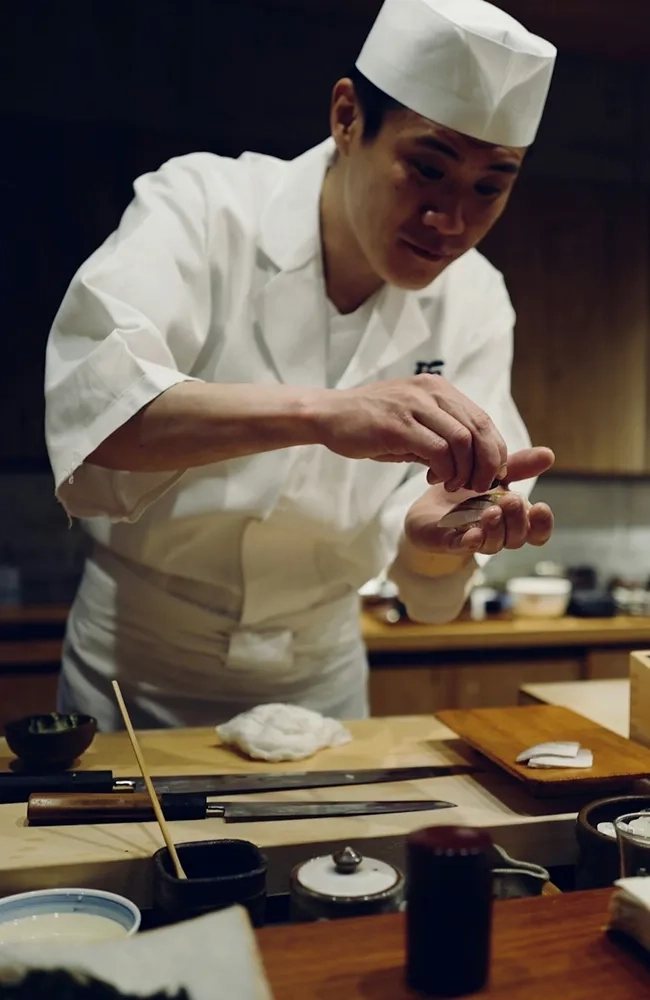
Omakase
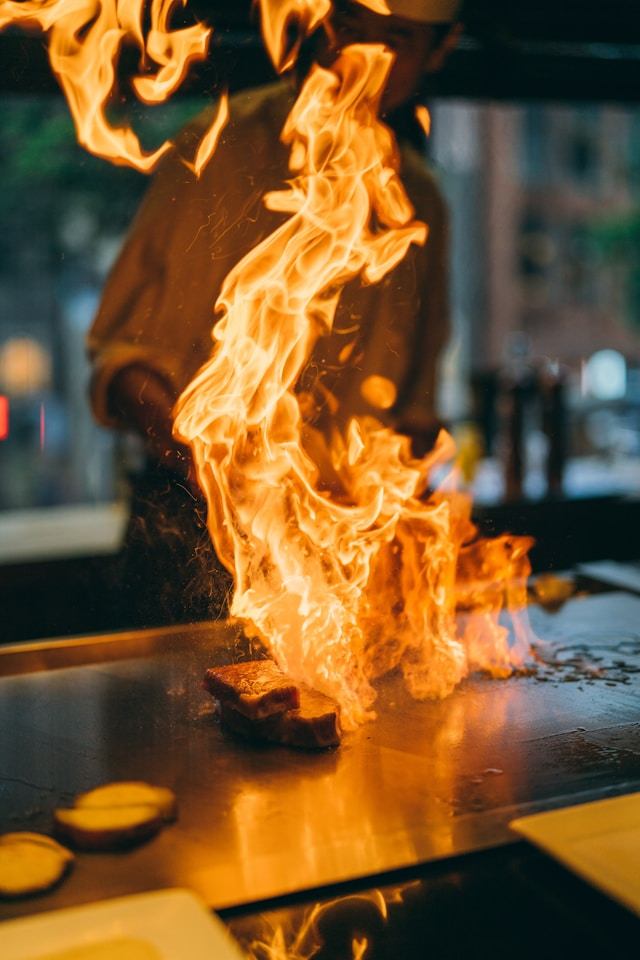
Teppanyaki
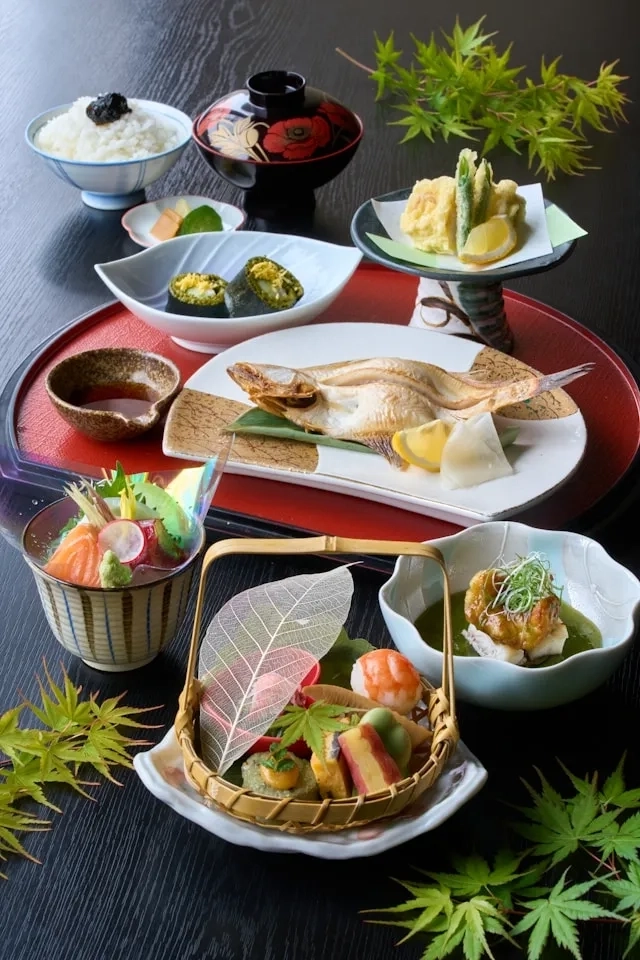
Kaiseki
Workshops and Hands-On Experiences
Observing Japan is fascinating — but true connection begins when you create something with your own hands, trying to grasp its meaning through the process itself. A Japanese master is more than a teacher; often, the interaction with them holds more value than the lesson.

Taiko Drumming
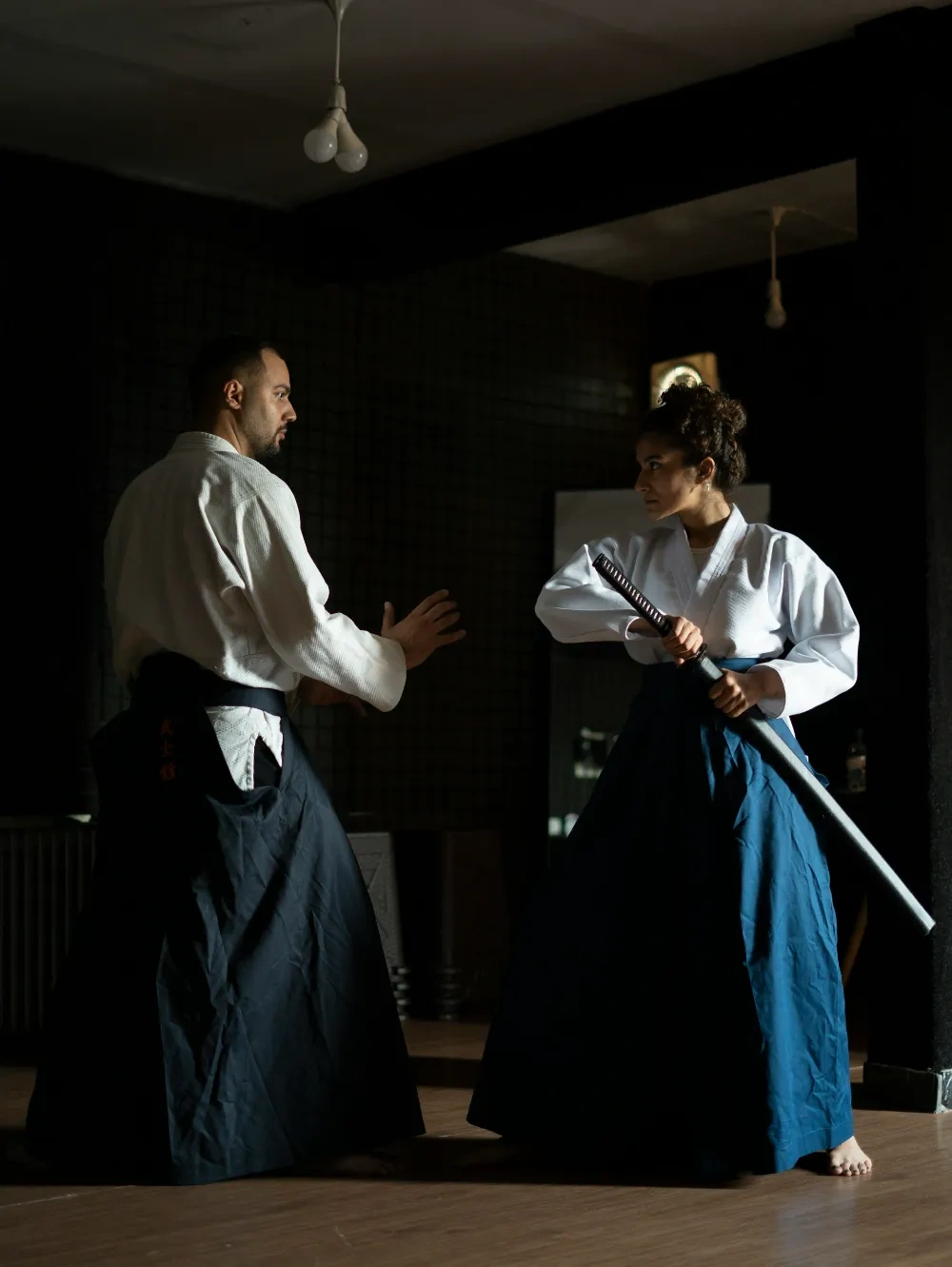
Samurai Sword Fighting
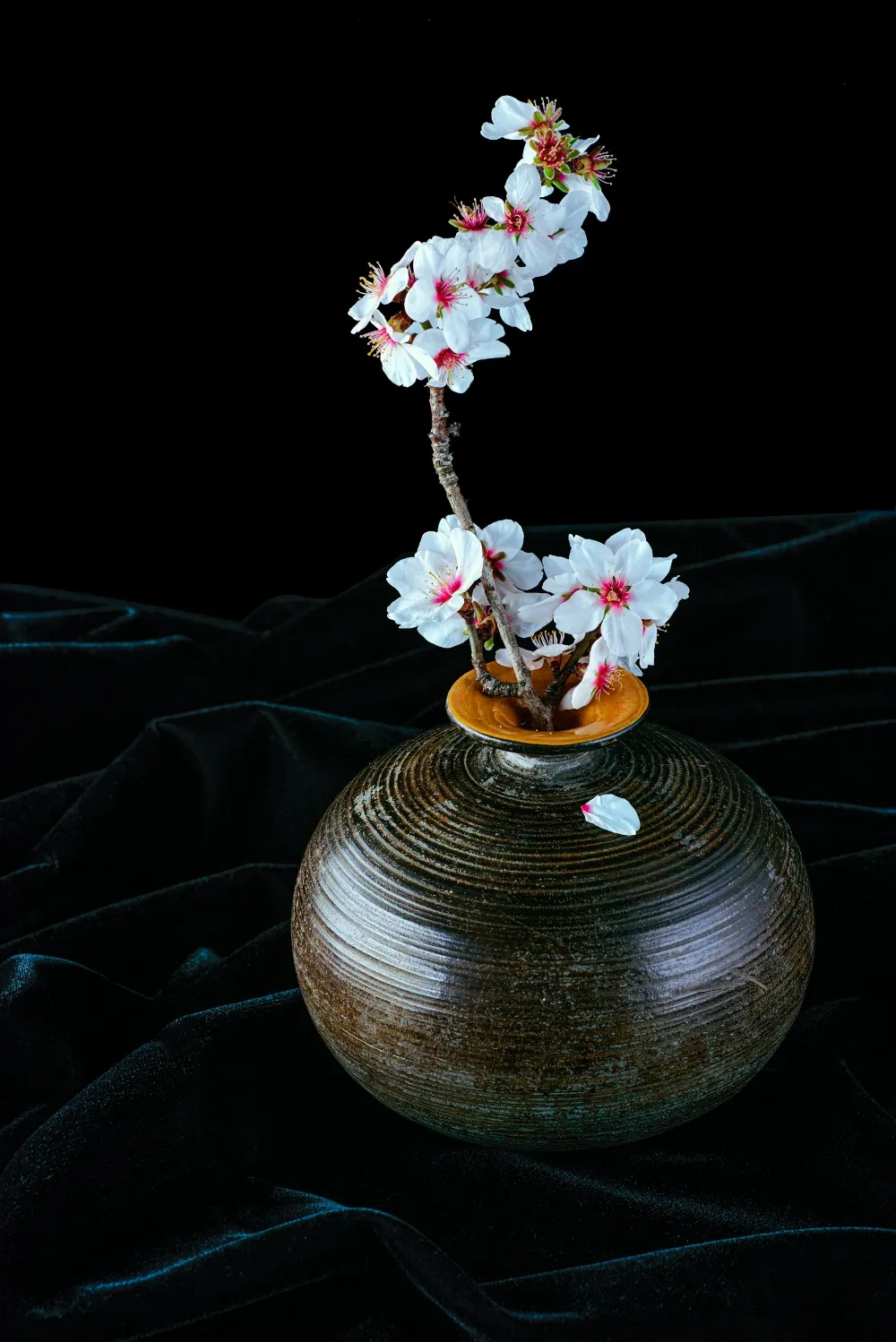
Flower Arrangement
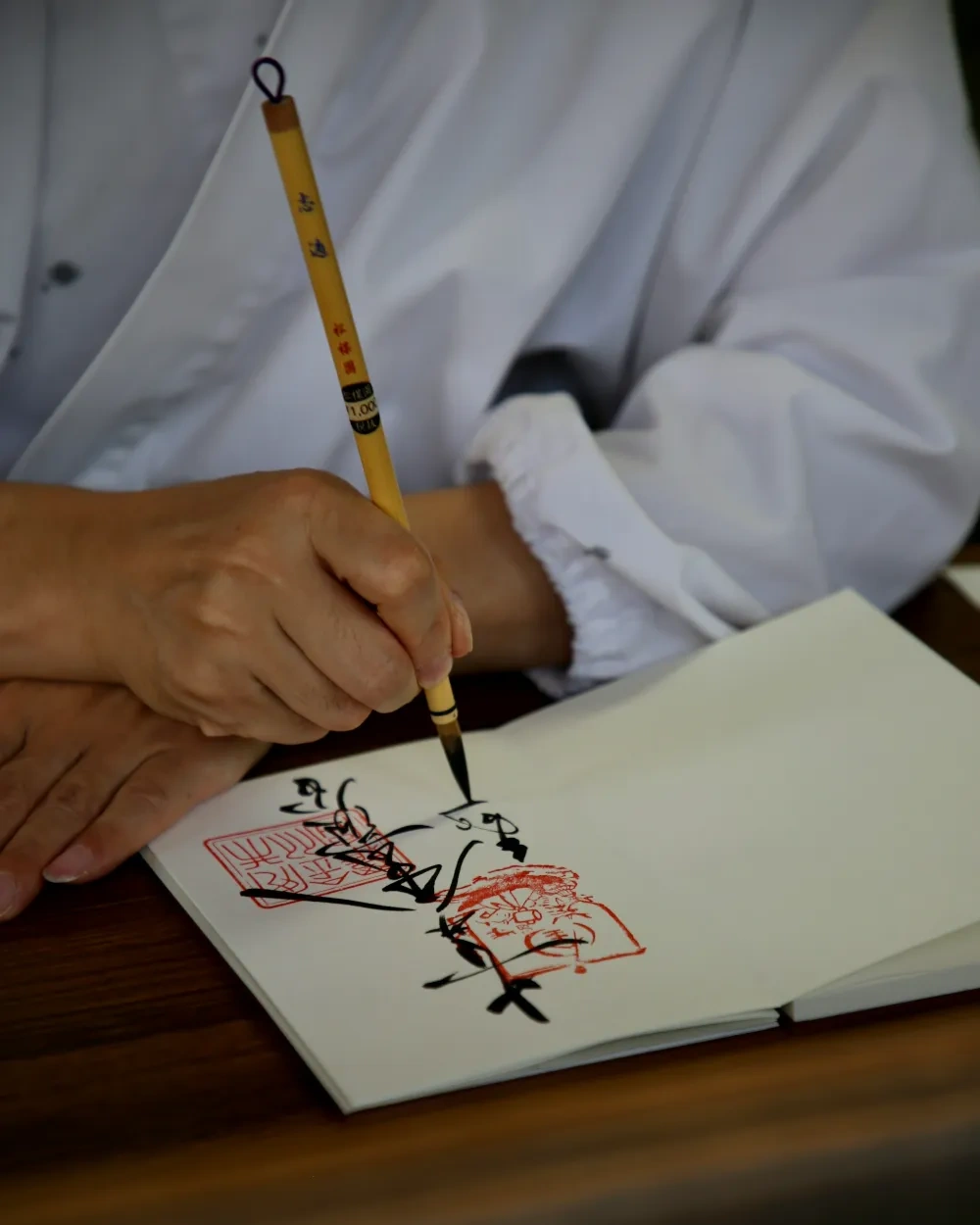
Calligraphy
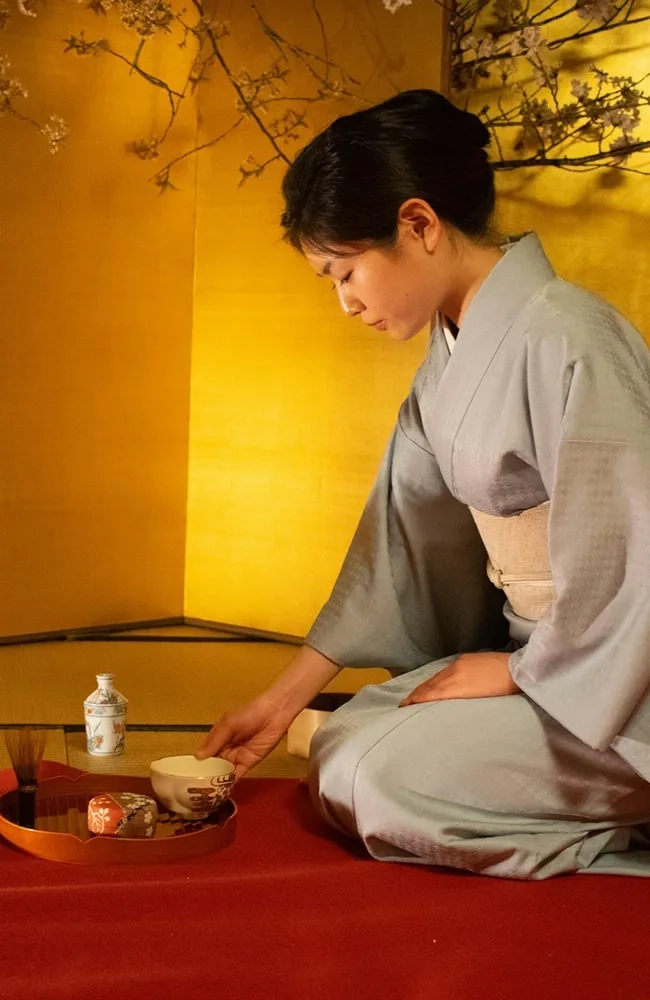
Tea Ceremony

Meditation with a Monk
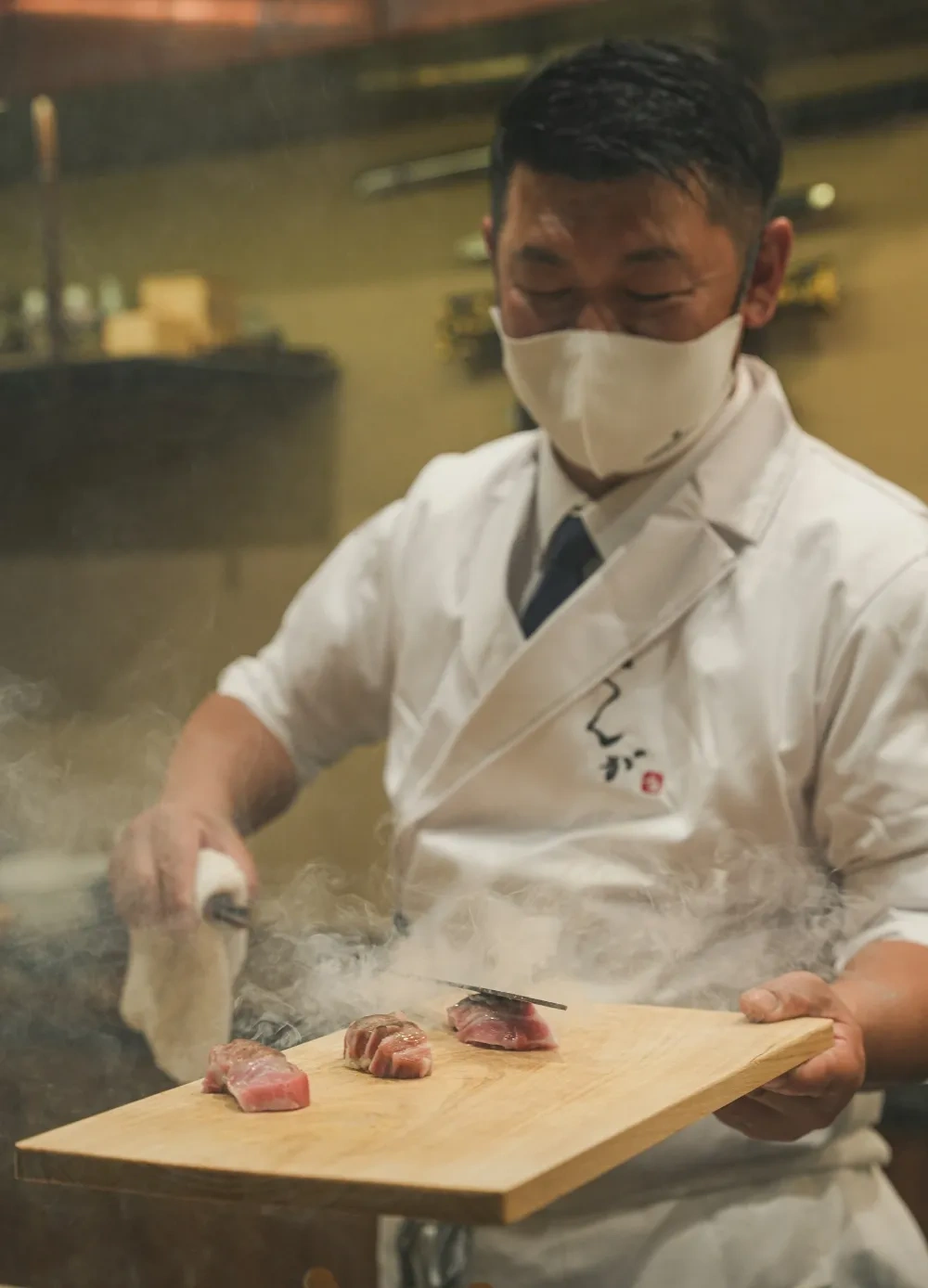
Japanese Cooking Classes
